The Gaspé Peninsula is one of the best road trips you can take in Canada, not just for its impressive scenery and varied landscapes, but because this part of maritime Québec has a small-town charm and character all its own. But planning a Gaspé road trip can be daunting, especially if you want to see, well, everything! Here’s our 12-day Itinerary for a Gaspé road trip that starts in Rimouski in the Bas-Saint-Laurent region and takes in all the major must-see stops in the Gaspésie region, as well as a few off-the-beaten-track gems. It also includes recommendations for Gaspé accommodations, places to dine, and a few quirky things you’ll see along the way. You’ll also find a few tips to make the most of your trip, including two reasons why we recommend driving around the Peninsula in a counter-clockwise direction…but you’ll have to read on to find out why!
Day 1. Your Gaspé Road Trip Begins in Rimouski, Québec
Although the city is officially part of the Bas-Saint-Laurent region of Quebec, not the Gaspésie region, Rimouski is pretty much the gateway to the Gaspé Peninsula and well worth spending at least one day exploring. In particular, you shouldn’t miss the Pointe-au-Père National Maritime Historic Site which has one of the Bas-Saint-Laurent region’s most unique lighthouses (it has buttresses and is the second tallest one in Canada).
There’s also the Empress of Ireland Museum on-site which chronicles the worst maritime disaster in Canada (think Titanic, only lesser known, with over 1000 who perished), and the Onondaga, a decommissioned Cold War submarine that was permanently placed in dry dock here in 2008. Henk and I did the self-guided audio tour aboard this, and we have a whole new respect for submariners. (If you are claustrophobic, this may not be the career choice – or the tour – for you!)
STAY:
Within walking distance of the Historic Site you’ll find the charming Motel Bienvenue, the perfect spot to spend a night and take in the sunset views of the lighthouse or gather around the firepit with a glass of wine. Try to reserve one of their newest “Lofts’: they are modern and adorable, like having your own tiny house, with a fully equipped kitchen/living area complete with Murphy bed and whimsical decor.
EAT:
Casual dining including great burgers are on the menu at Shaker Restaurant, a restaurant and bar in downtown Rimouski that is popular with the younger crowd. Or if you prefer something a little more upscale, Les Affamés de Rimouski restaurant offers everything from foie gras to fried zucchini flowers and homemade gnocchi.
Day 2 -3. Rimouski to Carleton-sur-Mer via the Route of the Belvederes
Your counter-clockwise Gaspé road trip will circumnavigate the entire Peninsula and it all starts by taking Hwy 132 east and then Hwy 132 south at Mont Joli into the Matapédia Valley. (Hwy 132 continues east, so be sure to follow the signs for 132 SOUTH/towards the town of Amqui.)
The Matapédia Valley follows the river of the same name to its mouth in Chaleur Bay. The drive can be done in 2 and a half hours if you drive it non-stop, but you’ll want to allow at least double that, because along this route is where you’ll discover some of the hidden gems of the Peninsula: impressive lookouts and observation towers that many locals don’t even know are there.
TIP: You might want to pack a lunch before leaving Rimouski, so that you can enjoy a picnic along the way at one of these lookout locations.
This piece of your Gaspé road trip is called the Route of the Belvederes and is a relatively new tourism initiative in the region, designed to showcase places with some of the most spectacular views of the beautiful valleys, hills and rivers of the area. Plus the lookouts themselves are being redesigned to be architecturally interesting in their own right. (Read more about the Route of the Belvederes in detail here.)
It took Henk and I the better part of a day to travel through the valley and every stop was well worth the time we spent there, in many cases having the lookouts to ourselves. Our drive wasn’t rushed in any way, and we still had plenty of time to arrive at Carleton-sur-Mer to check in for our stay.
STAY 1-2 NIGHTS, CARLETON-SUR-MER
To top off a day of spectacular views, Henk and I spent the night at a place with a million-dollar view of its own, the Géodômes Desjardins atop Mont Saint-Joseph, just behind the town of Carleton-sur-Mer. These luxury domed cabins are in the heart of this regional park on the mountain’s hillside, and offer a one-of-a-kind stay with views to match over Chaleur Bay.
WHAT TO DO IN THE CHALEUR BAY AREA:
We suggest you stay 2 nights in the Carleton-sur-Mer/Chaleur Bay area, so that you can explore some of the area, including the Mont Saint-Joseph park itself and the waterfront of Carleton-sur-Mer (there’s a photogenic lighthouse on a spit of land here too).
Miguasha National Park is a UNESCO World Heritage site nearby, of note because it is where a fossil of a ‘fish with legs’ was discovered, offering proof of the evolution of fish into four-limbed animals!
And the nearby town of Gesgapegiac (25 minutes east) is worth a visit, as this Mi’gmaq reserve has an interesting wigwam-shaped Kateri Tekakwitha Church and photogenic pow-wow grounds with colourful wigwams. (just respect the signs and don’t go inside)
Gesgapegiac also has unusual accommodations of their own: a half-scale replica of the Grand Hermine, the ship that Jacques Cartier sailed in when he came to explore the region. (For our review and details of our stay in that ship/chalet, read more here.)
You might also want to take an afternoon stroll in Taylor’s Point Park, about 11 minutes east of Gesgapegiag in the town of New Richmond. We visited in early September when the waterfront park was participating in the Rencontres Photo Gaspésie, an annual art tour happening throughout the Gaspé Peninsula that showcases outdoor photo exhibitions by local artists.
EAT:
If you want to eat in one of the many self-catering accommodations in the area, the town of Carleton-sur-mer has a good grocery store, Metro, which also has plenty of ready-made take-out meals to keep meals simple. Or there are several restaurants along the main street (AKA Highway 132) including a microbrewery/restaurant Microbrasserie Le Naufrageur right on the main street. And if you really want to eat like a local, grab some fried chicken at the Dixie Lee, a regional fast food chicken chain that is a favourite among many locals.
Day 4-5. Town of Percé
Your Gaspé road trip continues east driving from the Chaleur Bay Area towards the town of Percé. The drive takes about 2 1/2 hours, but there are some quirky roadside distractions (not really ‘attractions’!) and a couple of optional stops along the way that you might want to include.
QUIRK ALERT: As you leave Carleton-sur-mer, look for a house with colourful garden ornaments and birdhouses for sale on the front lawn. Leo, the retiree-turned-artist is happy to show you around his workshop and you might find an interesting or quirky souvenir to take home (like the ‘bird condo’ that took him 150 hours – and half his thumb! – to complete. Yes, there’s a story there!)
If you like local markets and antiques, visit the Ferme Bourdages Tradition in St. Siméon de Bonaventure, a seventh-generation family farm that is known for its strawberry products (including wine!) and has a small antique barn on-site as well.
Or spend an hour or so at the Bioparc de la Gaspésie in Bonaventure, where local wildlife rescued from accident or injury finds a safe haven in this educational sanctuary. (Be sure to seek out Porto, the talking raven, who was given to the Bioparc by a woman who rescued the young bird and raised it in captivity. Porto thinks he’s a human, and actually speaks French! Say hello with a ‘Salut, Porto!” and don’t be shocked when he repeats the greeting! (New staff are often freaked out by Porto’s linguistic abilities!)
QUIRK ALERT: Half an hour after Bonaventure, you’ll drive through Paspébiac where you’ll want to look for the town’s whimsically-painted fire hydrants alongside the highway. You might even recognize a few favourite characters from Disney or Looney Tunes!
Côte Surprise
Remember I said you’d want to do the Gaspé road trip counter-clockwise? One of the reasons for this is for the first view that you will get of Percé Rock. Cresting a hill on the highway at a spot aptly named Côte Surprise, you’ll be stunned when suddenly the Rock will appear in front of you, larger in person than you can imagine from any photo you may have seen and jaw-droppingly impressive.
TIP: Try not to arrive in Percé after dark or you’ll miss the surprise altogether since the Rock isn’t illuminated at all at night.
Plan on spending at least 2 nights in Percé. The town itself is picturesque and charming, with a beautiful waterfront and wharf, good restaurants, artisanal shops, and plenty of things to do for the outdoor enthusiast, including Percé’s UNESCO Global Geopark where you can hike, zipline, or take in the views of the Rock and the Gulf of St. Lawrence from the glass-floored observation platform!
A boat tour around Percé Rock is a must, ideally as part of a visit to Bonaventure Island. The entire island is a provincial park and home to one of the world’s largest and most accessible nesting colonies of the gannet, a seabird with bright yellow head and striking blue-ringed eyes. Seeing over 100,000 of these birds is a rare experience, even if you aren’t a ‘birder’, and the island offers all kinds of hiking trails as well.
TIP: Weather can always be a factor on a visit to any coastal town, which is why you should plan on at least 2 days in Percé so that you have more opportunities to do these types of outdoor activities. Henk and I barely made it to Bonaventure Island before Hurricane Ida rolled in, but thankfully we were able to squeeze in a quick hike to see the gannet colony before the weather shut the tour down.
WHERE TO STAY IN PERCÉ:
Definitely choose a hotel with a view of Percé Rock, as there are many right on the shore, from smaller family-run motels to more luxurious hotels, all of which have an authentic charm in keeping with the town. We stayed at the Riotel Percé which had phenomenal views from every room and a perfect location right on the beach. (It has a good on-site restaurant, too: Le Paqbo.)
TIP: The second-floor rooms at Riotel Percé are accessed by stairs only, so if you have issues with climbing or hauling luggage, request a ground floor room instead.
WHERE TO EAT (OR DRINK) IN PERCÉ:
For light lunches or a delicious afternoon pastry treat, try Boulangerie le Fournand, a cute cafe whose name is a modern-day nod to the historic outdoor clay ovens used in the area at the beginning of the last century. Like those traditional baked goods of days gone by, everything here is homemade with quality ingredients, no additives and – hurray! – real butter.
For craft beers from a microbrewery that got its start in 2007 in a small fishing village close to Percé, hit up Pub Pit Caribou, the first (and one of the most popular) microbrewers in Eastern Québec. In non-Covid times, the pub here also has live music.
For dinner and especially if you love seafood, head to La Maison de Pêcheur right on the waterfront, for an upscale/casual ambiance and a large selection of fresh seafood, including lobster. There’s also grilled meats and pizza options on the menu, so you’ll find something for every taste.
Day 6-7. Gaspé
The town of Gaspé is less than an hour’s drive from Percé, but being located inside a more sheltered inlet, the town has a different vibe than the oceanfront village that is Percé. But Gaspé offers unique attractions of its own, and in order to see them, you should allow at least 2 days here, more if you plan to do a lot of hiking.
WHAT TO DO IN GASPÉ
In town, you’ll want to check out the restored historic harbourfront, the ‘Birthplace of Canada’ site where Jacques Cartier planted his famous cross when he ‘claimed’ the country for France.
There’s also a good regional museum not far away, the Gaspésie Museum, where carved stone stele outside the museum commemorate this historic landing and Cartier’s meeting with the local Mi’gmaq people. Inside, this encounter is retold using digitally-enhanced statues of Cartier and a Mi’gmaq chief who each tell the story from their own perspectives.
Mi’gmaq Interpretation Centre
To learn first-hand about the local Mi’gmaq people who have lived in the Gaspésie region for thousands of years, you will definitely want to stop at the Mi’gmaq Interpretation Centre. Established by passionate local elders, and with the help of volunteer archaeologists and historians, the Centre showcases authentic artifacts and wigwams that were part of everyday life for centuries. Even though this part of the Gaspé Peninsula is not a designated reserve, there are many Mi’gmaq who live in this area, and the goal of the Centre is to keep this culture and knowledge alive. Our enthusiastic and informative tour guide, Bianca, is a good example of this as she is passionate about sharing this knowledge and demonstrating some of the skills she herself has learned since coming to work at the Centre.
Forillon National Park
For nature lovers, the main attraction of Gaspé is without a doubt Forillon National Park. You could easily spend days just hiking the beautiful trails here, including easy descents like the one to ‘La Chute” waterfall or more aggressive hikes like the one out to the tip of the spear of land known as Lands End. But if you only have time or energy for one hike, make it the trail to the Mont Saint Alban observation tower. You’ll start at Cap Bon Ami, with one of the most beautiful views of the coastline and its cliffs, and then you’ll climb up to a spectacular 360-degree observation tower with panoramic views over Lands End. (Here’s a link that includes a more detailed description of this hike).
If you are into whale watching, Forillon National Park is also the place where all the boat tours launch, and these boat excursions will also give you a chance to observe seals on your way out to the gulf.
WHERE TO STAY IN GASPÉ:
If you like to stay at Bed and Breakfast Inns, they don’t get more charming (or conveniently-located) than the Auberge sous les Arbres. Absolutely gorgeous from the lush gardens to the uniquely-furnished rooms to the colourful chairs in its secluded patio area, the Auberge is also quite literally STEPS to downtown Gaspé. A sample of the local craft gin is your welcome upon arrival at the Inn and sets the tone for the kind of hospitality you can expect here.
WHERE TO EAT IN GASPÉ:
For great lunches in a charming, characteristic cafe, head to Café des Artistes which has a funky ambiance, great coffee and delicious homemade meals (mac and cheese is a comfort-food must here).
For dinner, Bistro/Bar Brise-Bise on Gaspé’s main street is one of the most popular locales in town, so much so that you should get here early to make sure you get in. If you can’t get a table there, another great option is TÉTÛ in Hotel Baker. We had an amazing meal there (seared scallops, asparagus risotto, and seafood poutine).
An added bonus: all 3 dining options are within walking distance of Auberge sous les Arbres, too.
Day 8-9. From the Coast to the Chic-Choc Mountains
Leave Gaspé early, as this is a big driving day on your Gaspésie road trip. Today’s drive will take you around the head of the Peninsula and west along the northern coastline to Sainte-Anne-des-Monts, and then south into the interior and the Chic Choc Mountains. The distance is about 300 km, but you should plan on this taking at least 5 hours to take in a few of the landmarks and views along the way, more if you decide to stop for a leisurely lunch somewhere.
The Northern Coast
If you are interested in seeing lighthouses, there are several places along the northern coast of the Gaspé Peninsula where you may want to stop. Leaving Gaspé on Hwy 132, drive around Forillon Park and in 15 minutes or so just outside the park boundary you’ll pass right by Cap des Rosiers with Canada’s tallest lighthouse. (You can easily get a photo of it from outside, or pay admittance to the site for a closer look including a climb to the top. ) An hour later, and a brief detour off the main highway is Pointe-à-la-Renommée historic site boasting a distinctive red lighthouse and Marconi radio station. An hour’s drive farther along Hwy 132 is the Cap Madeleine lighthouse and a hour past that is Le Martre lighthouse.
This last section of highway in particular is the second reason why we recommend driving this Gaspésie route counter-clockwise: the drive between Cap Madeleine and Le Martre is one of the most visually impressive, as the highway hugs the contour of the land, zigzagging its way along the base of impressive cliffs and through small fishing villages. Driving in this direction means you have the best views of those cliffs on your left, and the sea only metres beside you on the right. The added bonus is that there is a paved shoulder on your right where you can easily stop and take photos of the coastline undulating behind you. Definitely a highlight of the entire drive.
The Chic-Choc Mountains
Many people only stick to the coast when visiting the Gaspé Peninsula, and think of the region as a purely maritime one. But the Peninsula offers beautiful interiors as well, thanks to the Chic-Choc mountain range, a continuation of the Appalachian Mountains. The Chic-Chocs are a nature-lover’s paradise, with alpine lakes, waterfalls, Quebec’s second tallest mountain (Mont Jacques-Cartier), a small human population and a big moose one. At the heart of it all is Parc national de la Gaspésie (Gaspésie National Park), a 4-season mecca for hiking, skiing, fishing, canoeing, and camping.
WHERE TO STAY IN GASPÉSIE NATIONAL PARK:
Gîte du Mont-Albert is a beautiful lodge-style hotel operated by the Park that offers all the amenities you would expect of a 4-star deluxe hotel, plus hiking trails right at its doorstep. The hotel is welcoming and unpretentious, and totally understands its outdoorsy clientele and what they need: from free on-site laundry and boot drying facilities to order-ahead box lunches you can take with you on long hikes.
A short walk from the hotel is the Park’s Visitor Information Centre, where we recommend all visitors should start, in order to get expert advice on what activities best suit your interests and activity level. We consulted with the park information staff, who recommended a couple of hiking trails where we could see waterfalls (the Chute Sainte-Anne Trail), panoramic views and possibly moose.
Unfortunately, because of heavy mist shrouding our high-plateau trail (Mont-Ernest-Laforce Trail), we only spotted squirrel, no moose on our hikes.
TIP: Gaspésie Park’s terrain includes alpine tundra and boreal forest habitats, home to the only caribou population south of the St. Lawrence River. The caribou are difficult to find, however, and even the chance of spotting them involves a difficult day-long hike.
WHERE TO EAT IN GASPÉSIE PARK:
The restaurant at Gîte Mont-Albert may have a captive audience, but Chef Renault Louis runs the kitchen here as if it were a standalone restaurant with all the attention to quality and variety you would expect. We had great meals here whether it was abundant, tasty breakfasts or sophisticated dinners.
Regardless of which dining room you eat in, allow some time for a grownup cocktail in the great room/bar to just relax and admire the mountain views.
Day 10-11. Roadside Attractions and Le Bic National Park
Leaving the mountains, you’ll head back to the coast and where your Gaspé road trip all started: the Bas-Saint-Laurent region near Rimouski. From Mont Albert, the drive will take you about 3 hours, but allow for a half day so you can stop off on the way at one of the Gaspésie Region’s signature attractions: Reford Gardens, also known as Jardins de Métis.
QUIRK ALERT: About an hour east of Reford Gardens, keep your eyes open for this odd roadside sculpture in Grosses-Roches that looks like a half-buried Viking boat skeleton. I have no idea who made it or why, but we had to stop for a photo anyways. Because…road trip!
QUIRK ALERT: About 35-40 minutes’ drive farther west along Hwy 132, (just past the town of Saint Ulric), look on the left hand side of the highway for a ‘castle’ of sorts. (Apparently the former owner of this chateau-like home pleaded guilty to illegal cigarette trafficking a few years back, so you can see where some of those profits went!) I do admire his imagination and full points for sheer number of turrets and cupolas, though!
Jardins de Métis
Built by Elsie Reford from 1926-1958, Jardins de Métis isn’t just one of North America’s largest gardens; it’s also as innovative and forward-thinking as its founder, who saw an opportunity to transform her fishing camp on the Métis River into a thriving garden, including exotic and rare species of plants.
Today that creative vision continues with the site’s annual International Garden Festival, where creative garden artists interpret each year’s theme with a variety of contemporary and innovative installations. We’re not talking about a raised box of petunias, here, but what amounts to an open-air art museum, with outdoor exhibits integrated with the landscape in unique and beautiful ways. There’s some really cool interactive stuff here, so be sure to have fun exploring it all!
Métis Beach
A good Gaspé road trip is as much about detours and discoveries as it is about planned routes and rest stops. We stumbled onto a picturesque community almost by accident, when we left Jardins de Métis and decided to turn towards the St. Lawrence river and follow the signs for the Route des Navigateurs instead of hopping onto Hwy 132. What we found was Métis Beach, a community of narrow lanes flanked by tall manicured hedges, huge Victorian homes and restored cottages, and friendly locals who seemed as happy to see visitors as we were to be there.
In talking with them, we learned that Métis Beach is one of the oldest summer destinations in Canada, and that by the end of the 19th and beginning of the 20th century, this St. Lawrence River-side destination was well-established as a prestigious beach community where many of the Montreal well-to-do families ‘summered’. Today there are only plaques throughout the community that identify where these historic buildings, hotels and attractions once stood but the river views are still just as beautiful.
“Le Grand Rassemblement”
Quirky roadside attractions are part of road trips too, and our last stop 30 minutes before Rimouski was at one of these. Le Grand Rassemblement is an art installation (next to an art gallery, inn and restaurant) and the brainchild of artist Marcel Gagnon. The installation consists of a gathering’ (‘rassemblement’) of primitive sculptural figures ’emerging’ from the waters of the St. Lawrence River.
It was something I had seen when researching our road trip, and knew I wanted to check out in person. It’s definitely the most impressive work by Gagnon, (in my opinion anyways, after a quick tour of the gallery), and our timing worked out well, with the tide just coming in and the waves creating a dramatic backdrop for the sculptures. Creepy or cool? Well, that’s up to you.
Le Bic National Park
It would be a huge miss to plan a road trip to the Gaspé Peninsula, and not visit Parc national du Bic (Le Bic National Park) as well, whether you do it at the beginning of the trip, or in our case, at the end. This is why we recommend spending 2 nights here, so that you have at least a day to explore the park. Part of the Bas-Saint-Laurent region, this archipelago of islets and islands in the St. Lawrence Estuary just west of Rimouski offers dramatically changing tidal landscapes, incredible sunsets, and hiking trails that offer the chance to see everything from white-tailed deer to sunbathing seals.
We did a few hikes over the course of a day, in order to see the same landscapes at both low and high tide. At the South West entrance, there’s an easy hike to and around the Isle aux Amours (Lovers’ Island) which can only be accessed at low tide.
TIP: BE SURE TO CHECK THE TIDE SCHEDULE posted on the mainland side of the Isle aux Amours Trail so you don’t get trapped on the island by rising waters or you might have to find something to do to pass the time until the high tide recedes (like those ‘unfortunate’ lovers after which the island was named. nudge nudge wink wink!)
A good location for seal-spotting in this area of the Park is the beach at Anse aux Bouleaux-Ouest at low tide. There are a couple of trails leading to the beach and once there, we spotted a few heads popping up out of the water but no seals on the rocks, probably because it was too cool/late in the day for them to do any sunbathing.
From the Visitor Centre (Rioux Farm) entrance of the Park, we hiked part of the Chemin-du-Nord trail which takes you along an easy trail following the shore to a dramatic rocky crag (at about the halfway point of the trail).
Along the way if the tide is low, you can climb on some of the offshore rocks which rapidly become islands once the tide moves back in. We also spotted a family of white-tailed deer who were so comfortable with visitors they comfortably grazed only a few meters away from us.
TIP: A great place to see the sunset at Le Bic is on a narrow spit of land called the Route du Quai that is just off Hwy 132, about 3 minutes’ drive east of the Park’s South West Visitor Centre/Entrance.
WHERE TO STAY IN LE BIC:
One of the most eclectic and interesting accommodations in Bas-Saint-Laurent region is hands down the Auberge du Mange Grenouille in the tiny village of Le Bic. This historic inn dates back to the 1840s and takes quirky to a whole new level with its interior furnishings and decor, and you can spend hours just discovering all of its eclectic and original details inside. The hotel has wonderful gardens, an upper outdoor deck under a canopy of trees, and an elevated position that offers great views over Le Bic National Park.
WHERE TO EAT IN LE BIC:
The restaurant at Mange Grenouille is one of the points of pride for its owners, and is a popular choice for locals as well as guests. The reasons for that are many: the servers are friendly, experienced and knowledgable, the wine list is robust and the menu is creative and refined, using regional ingredients from local suppliers that change seasonally. Definitely a notch above.
And if you want to pack a picnic or snacks for your hikes in the park, the village of Le Bic has a great little grocery store within walking distance of the Auberge (just ask for directions).
QUIRK ALERT: Looks like school is about to start on the front lawn of this home in Le Bic! You’ll find it just a little west of the Auberge du Mange Grenouille.
Your Bucket List Gaspe Road Trip is now Complete!
It’s time to head home (wherever home is) but we hope that this 12-day Gaspé Peninsula Road Trip itinerary gives you a sense of what this unique region of Canada offers visitors, and why driving it is the best way to experience it. From iconic landmarks like Percé Rock that can surprise and delight you when they ‘suddenly appear’, to hidden overlooks and quirky roadside attractions that you just wouldn’t get to see otherwise, there’s a reason the Gaspé Peninsula should be on your Road Trip Bucket List.
MORE PRACTICAL TIPS FOR YOUR GASPÉ ROAD TRIP:
Overall Distance
The 12-day Gaspé road trip itinerary as described above covers about 1300 km (approximately 800 miles) of highway, including side drives in and around the overnight stops.
Best Time to Visit the Gaspésie Region
The warmer months (May – early September) are definitely the time to visit the Gaspésie Region. Maritime regions can be cooler than inland destinations well into late spring and you’ll want to have the best weather for doing all those outdoor activities. Plus many of the attractions and restaurants in the smaller communities are only open seasonally. That being said, travelling in the week or so after Labour Day, there are fewer people on the road since the kids are back in school, almost everything is still open, and you might even see some of the fall colour starting.
Navigating and Cell Coverage
Navigating the Gaspé Peninsula is actually one of the easiest parts of this road trip. Highway 132 pretty much circumnavigates the Peninsula and is a single-lane road most of the time. Cell coverage is pretty good everywhere, too, so even if you do manage to get lost, you can easily get back on track. Just be careful in the Chaleur Bay region: your cell phone might pick up signal from nearby New Brunswick across the bay, which is also on a different time zone!! So be sure you are on Gaspé time, or you might miss any reservations you’ve made for dinner or activities.
What to Bring
Casual is the rule of thumb for the Gaspé when it comes to clothing, and even in the nicest hotels, don’t expect to see stilettos or suits. Layered outdoor attire is a must for exploring the many parks and trails, so be sure to bring rainwear, hiking boots and any specific gear you like to have on-hand and in your backpack (including a first aid kit of course). Your camera of choice is a must, but remember drones are not allowed in any of the parks, near airports, etc (research and follow the rules if you are bringing one). It’s also a good idea to have a cooler in the car for food and drinks, especially on the longest days when you are doing a lot of driving and roadside stops.
French or English?
Both are spoken pretty much everywhere, and certainly in any of the more popular tourist destinations. Occasionally you may meet someone who only speaks French, especially if you are heading off the beaten track, but this is your chance to practice! (or at least find out where that Google Translate app is on your phone.)
Road Trip Tips
Like on any road trip, have an emergency roadside kit in your car, including booster cables. It’s also a good idea to have your roadside assistance coverage/membership up to date. Also, have your car insurance company’s contact information handy, in case you do have any kind of fender bender. (Québec has different insurance rules than some other provinces in Canada, so you will want to know exactly what to do. For example, the province DOES assign fault in the case of an accident, unlike Ontario’s ‘no-fault’ insurance rules.)
Gas prices are not outrageous in the region, but electric vehicle drivers may have a tough time, as charging stations are not common here (although we did notice one at the Auberge sous les Arbres in Gaspé – kudos to them!).
Other Resources, including Covid Restrictions and Information
Definitely check out the Québec Maritime website for all kinds of information not just on the Gaspé region, but also the Bas-Saint-Laurent (this covers Rimouski, Le Bic, and other points west of the Gaspé that you may be travelling through).
You’ll find information relating to Québec’s Covid restrictions/policies here. These may be different than other provinces, or change from time to time, so be sure to stay informed.
Special thanks to Québec Maritime tourism who hosted Henk and I on our tour of the Gaspé Peninsula.

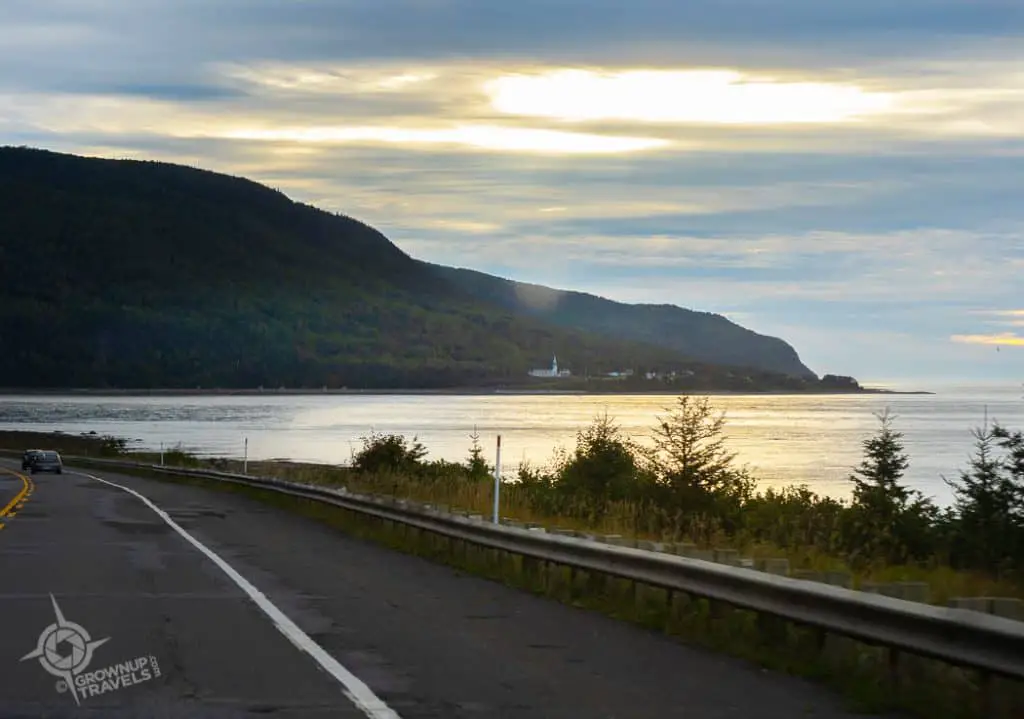
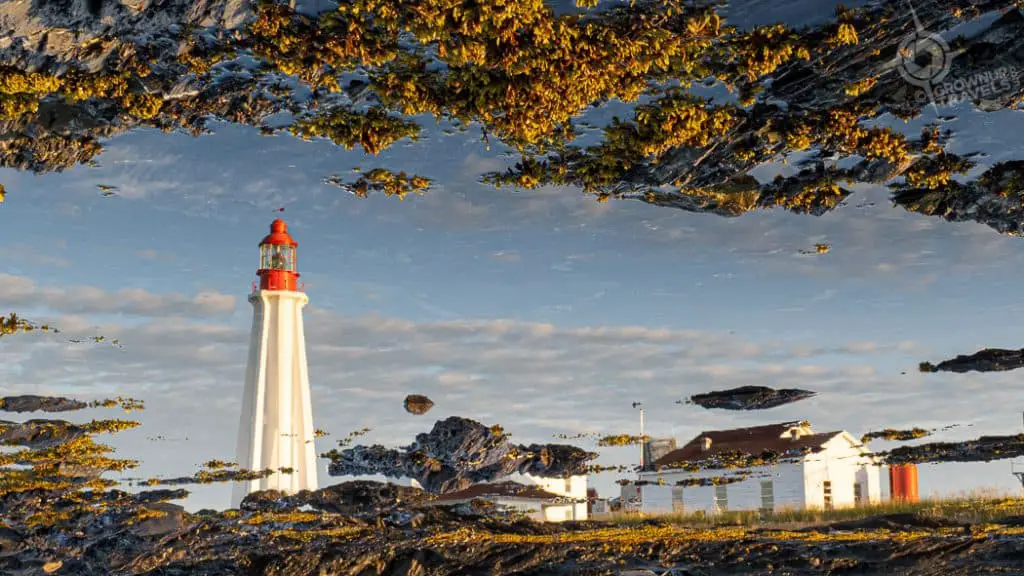
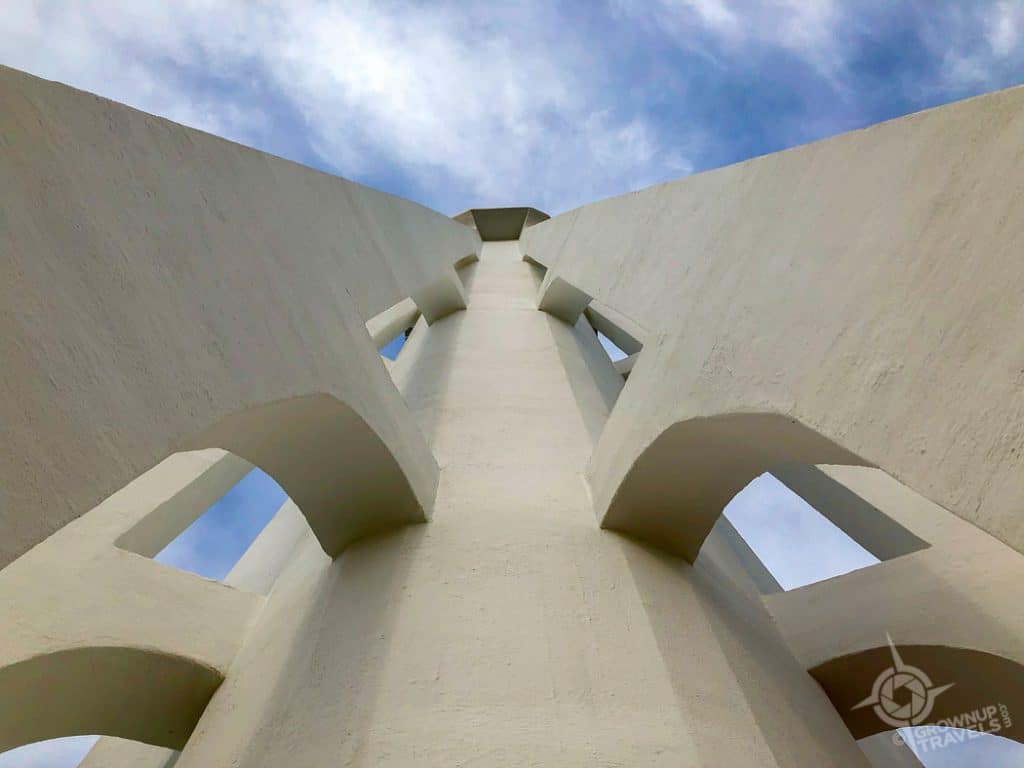
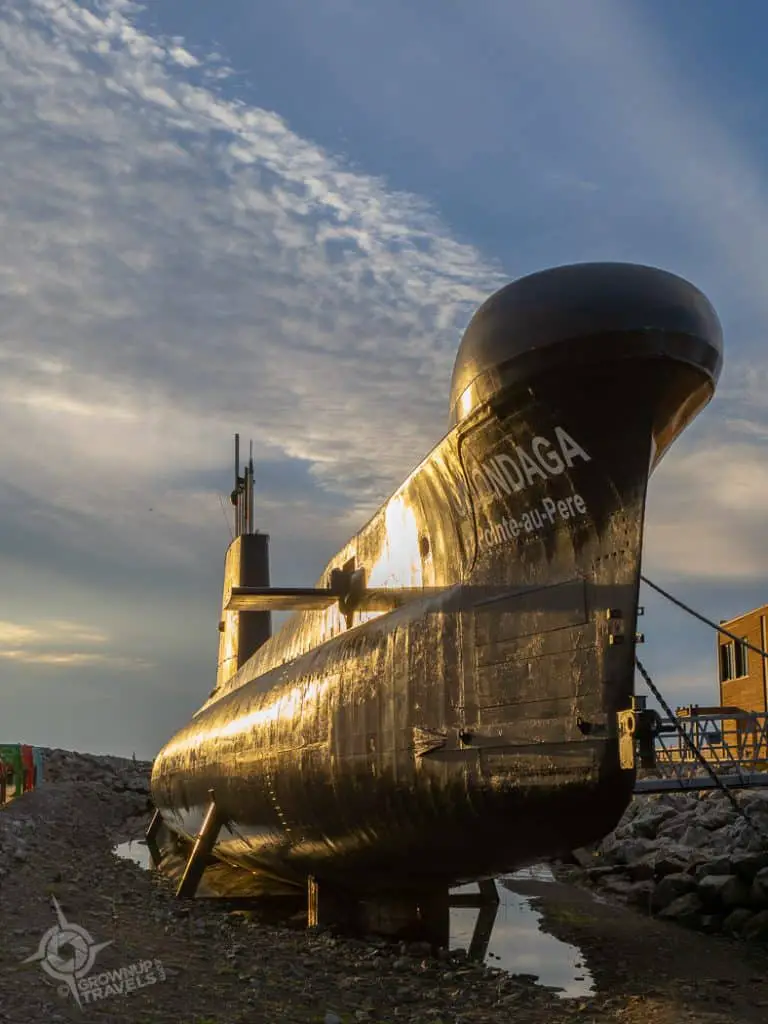
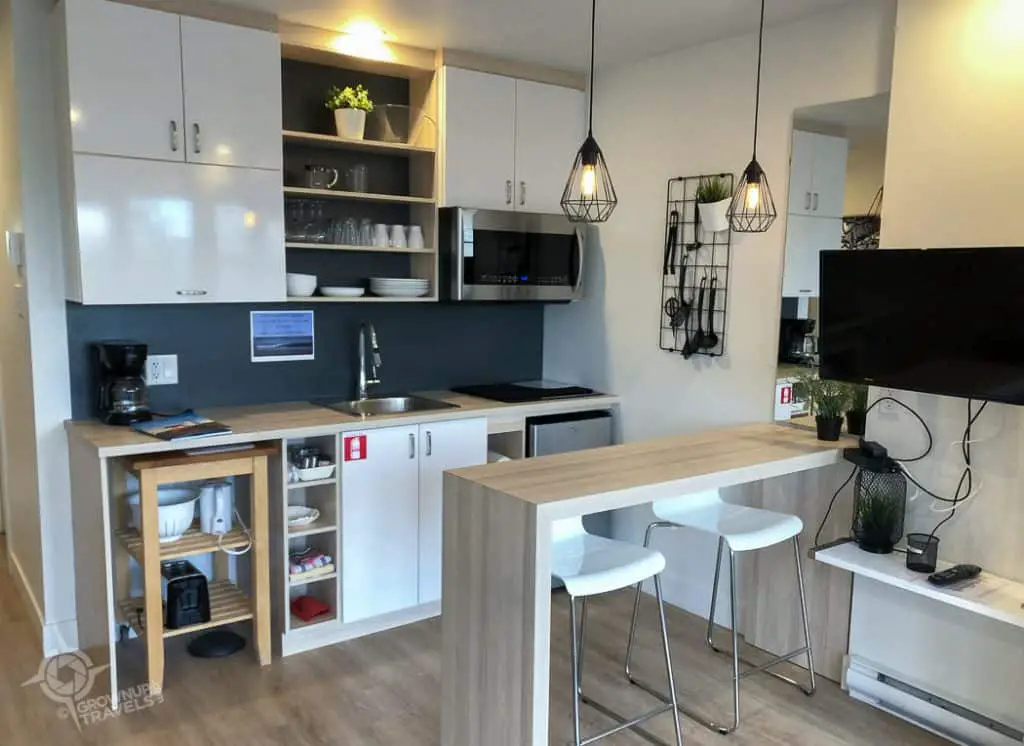
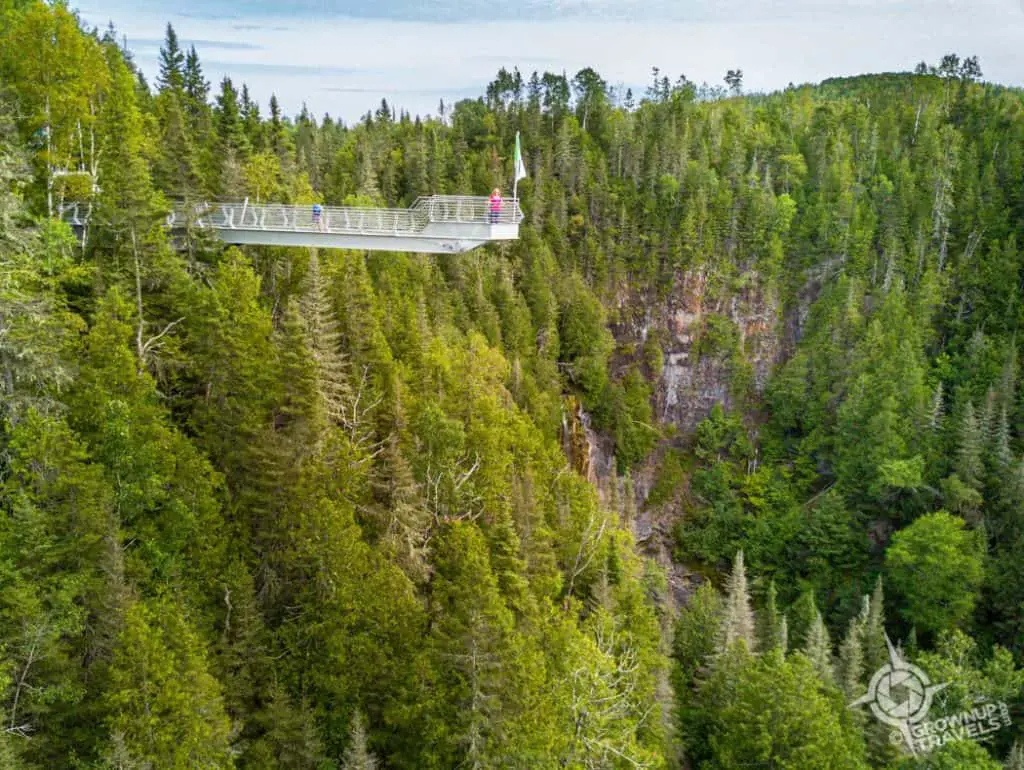
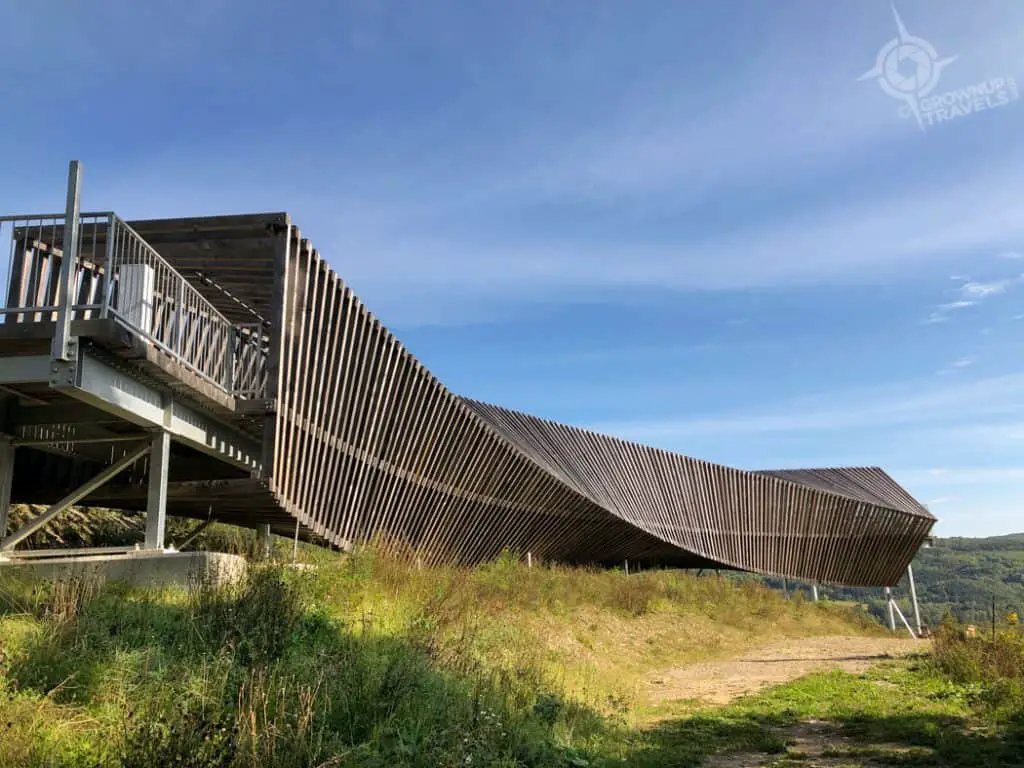
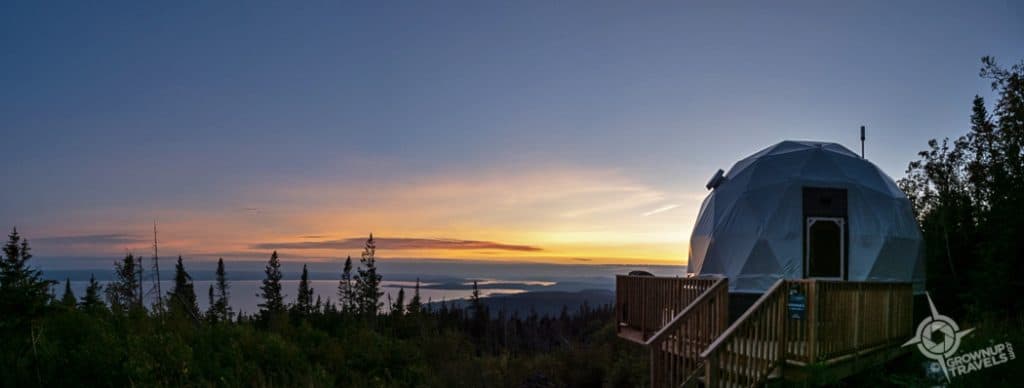
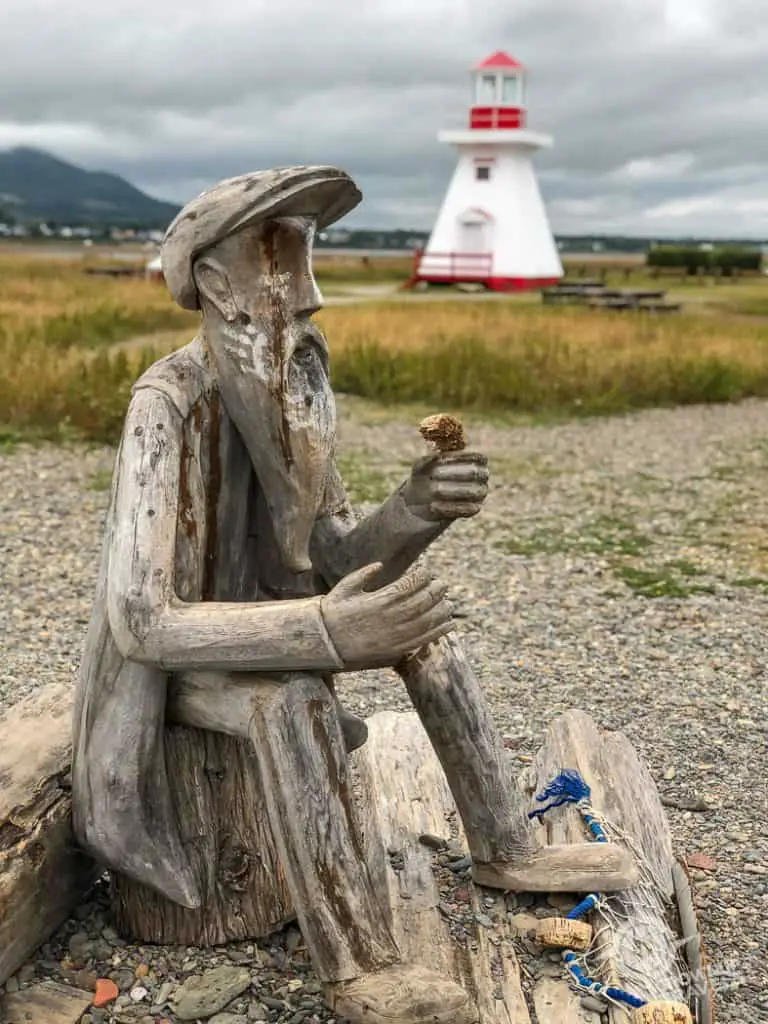
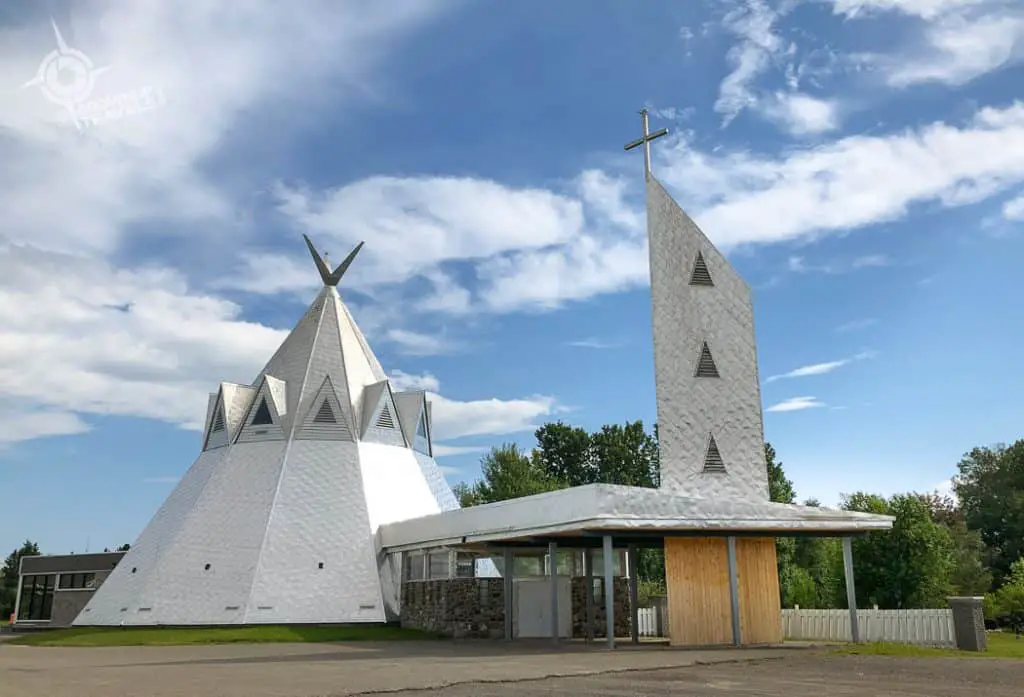
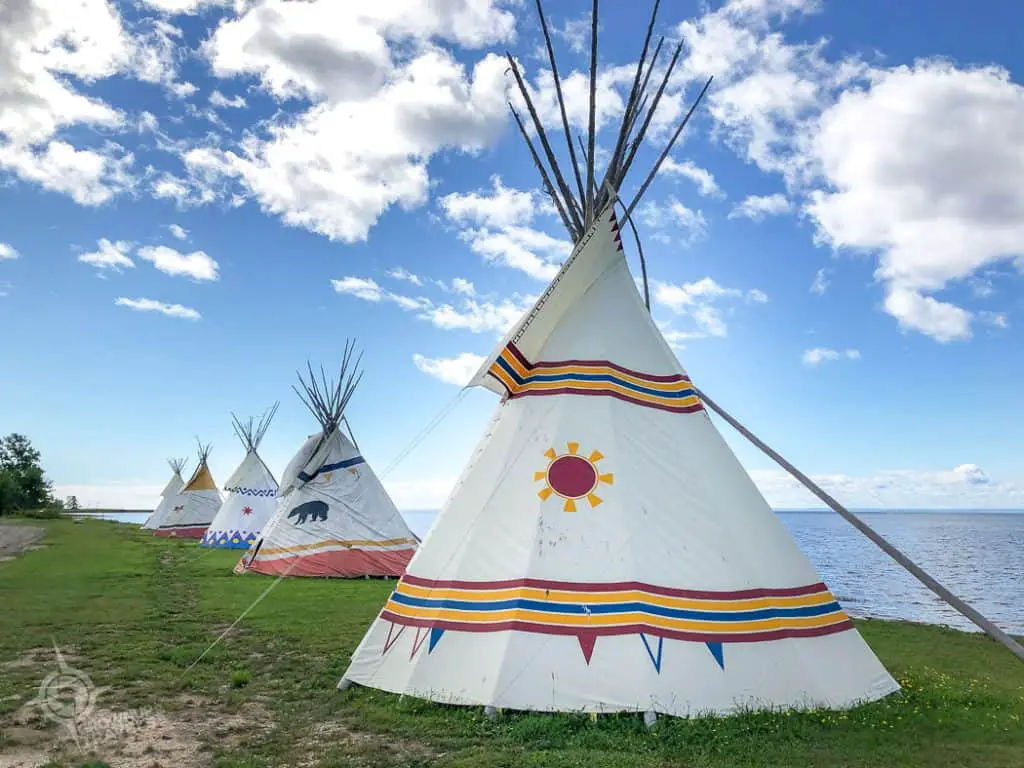
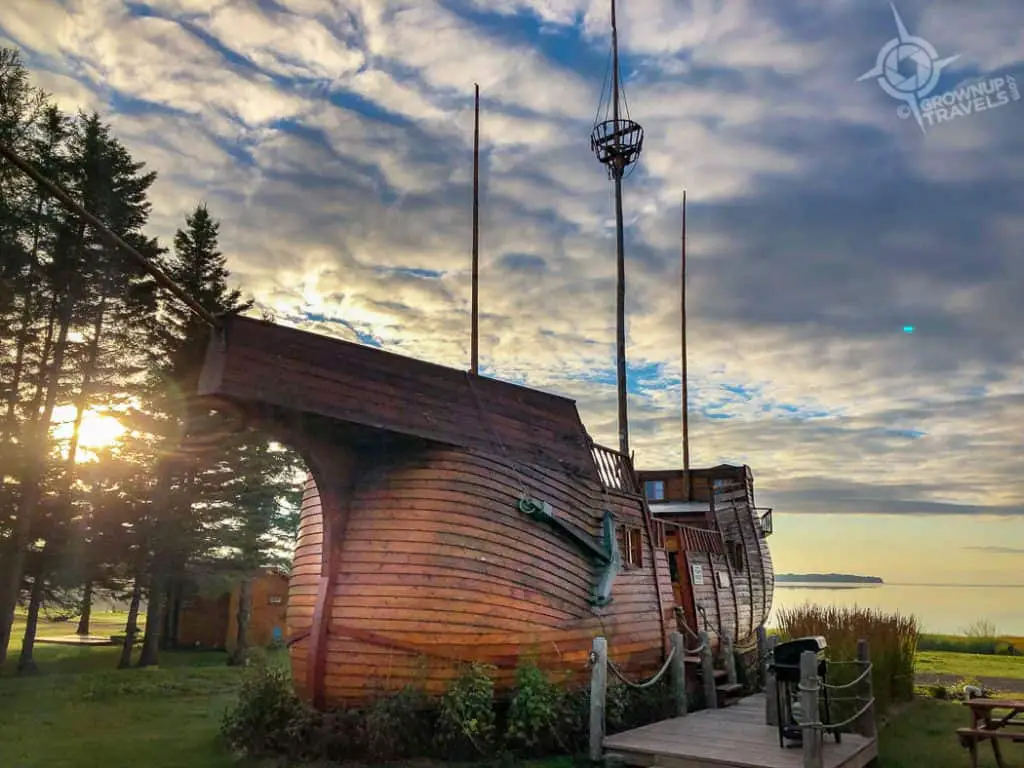
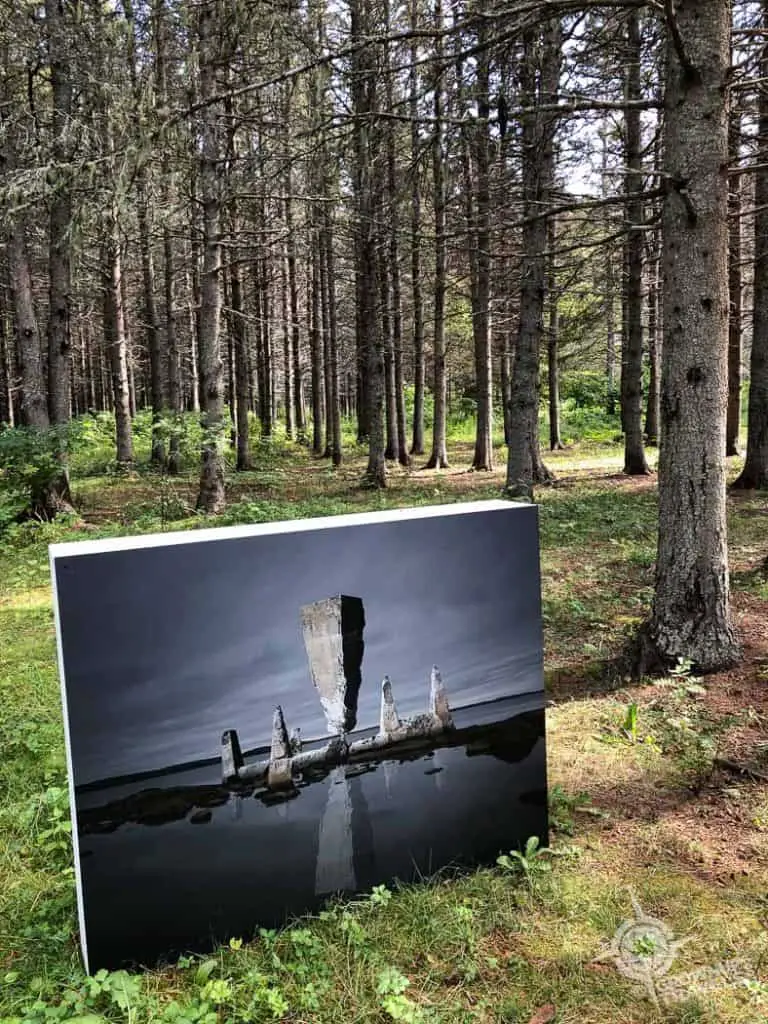
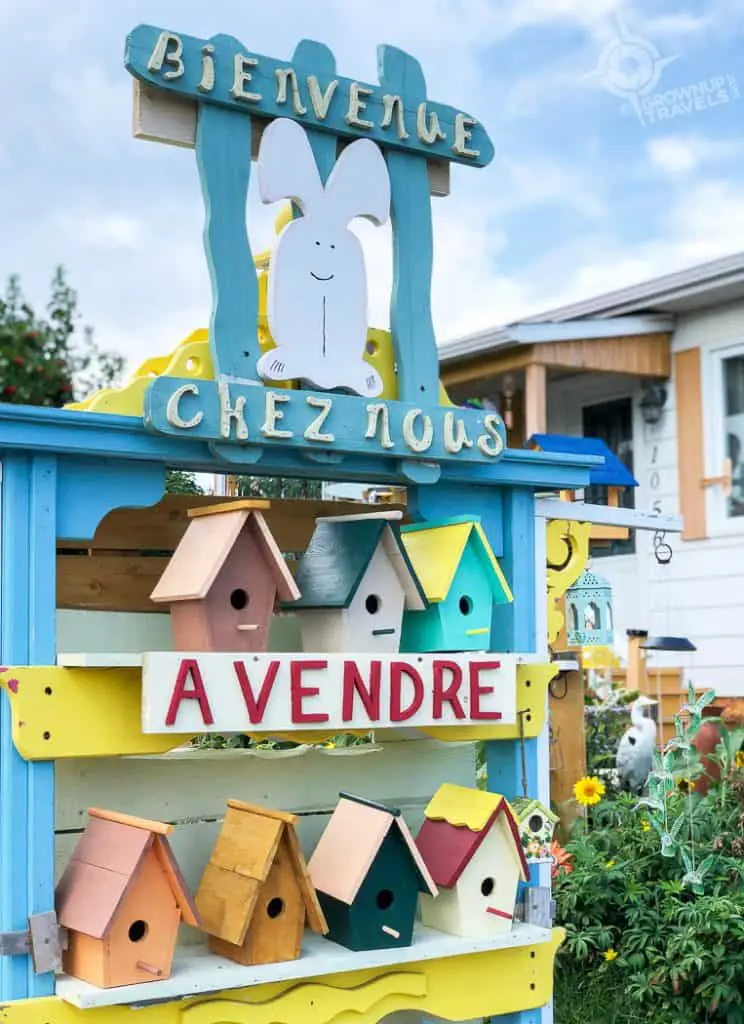


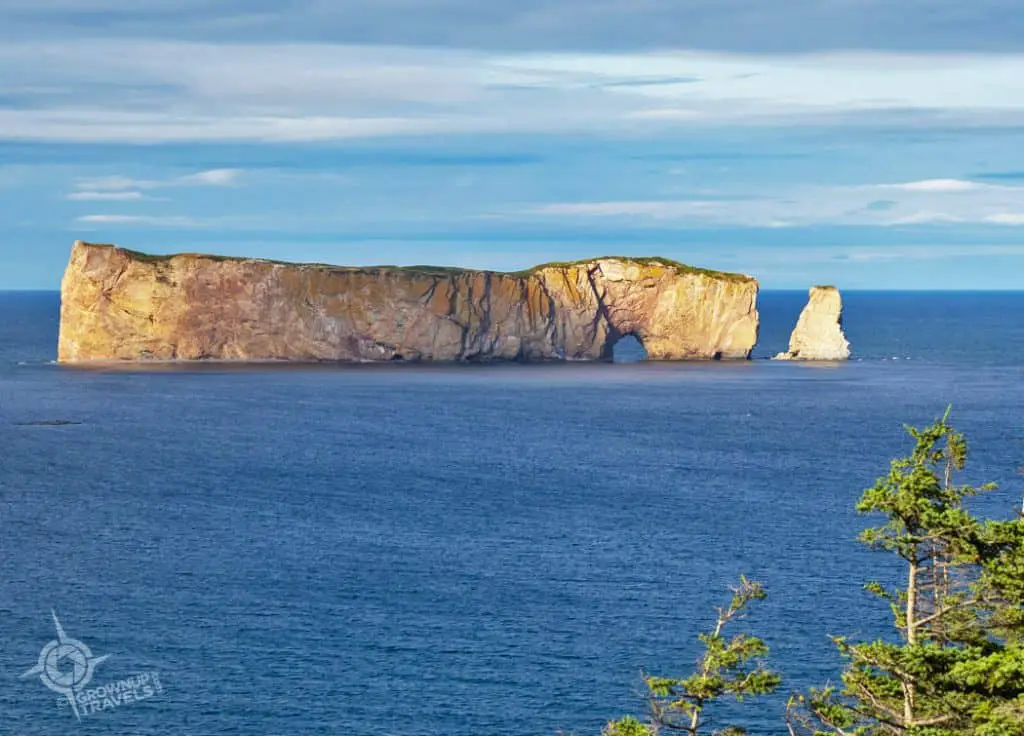
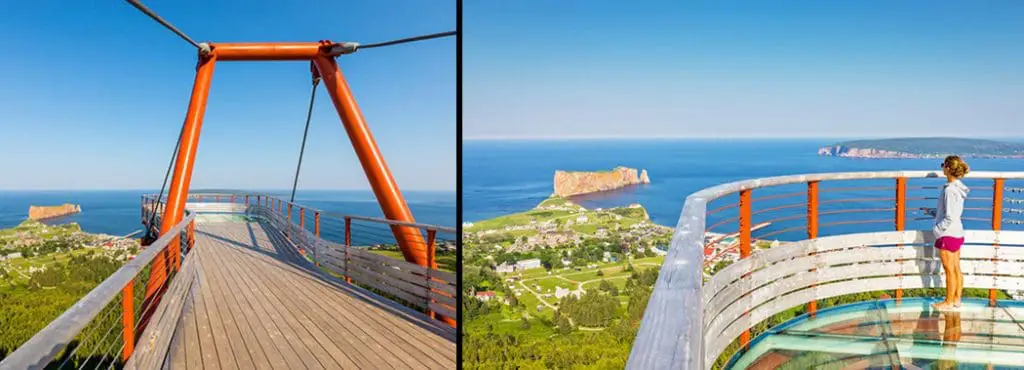

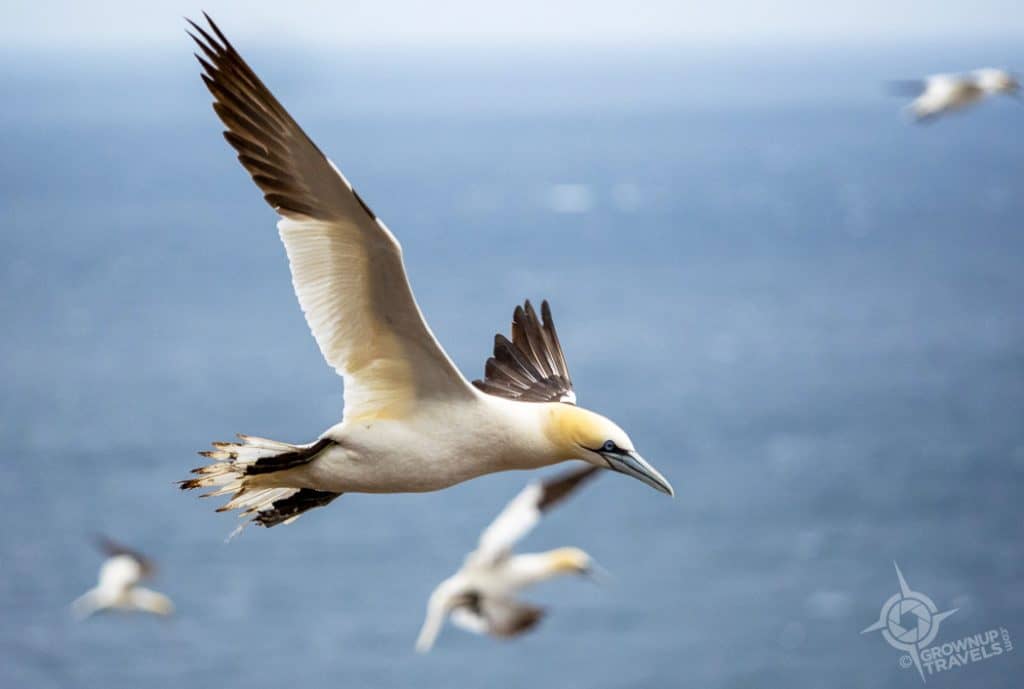
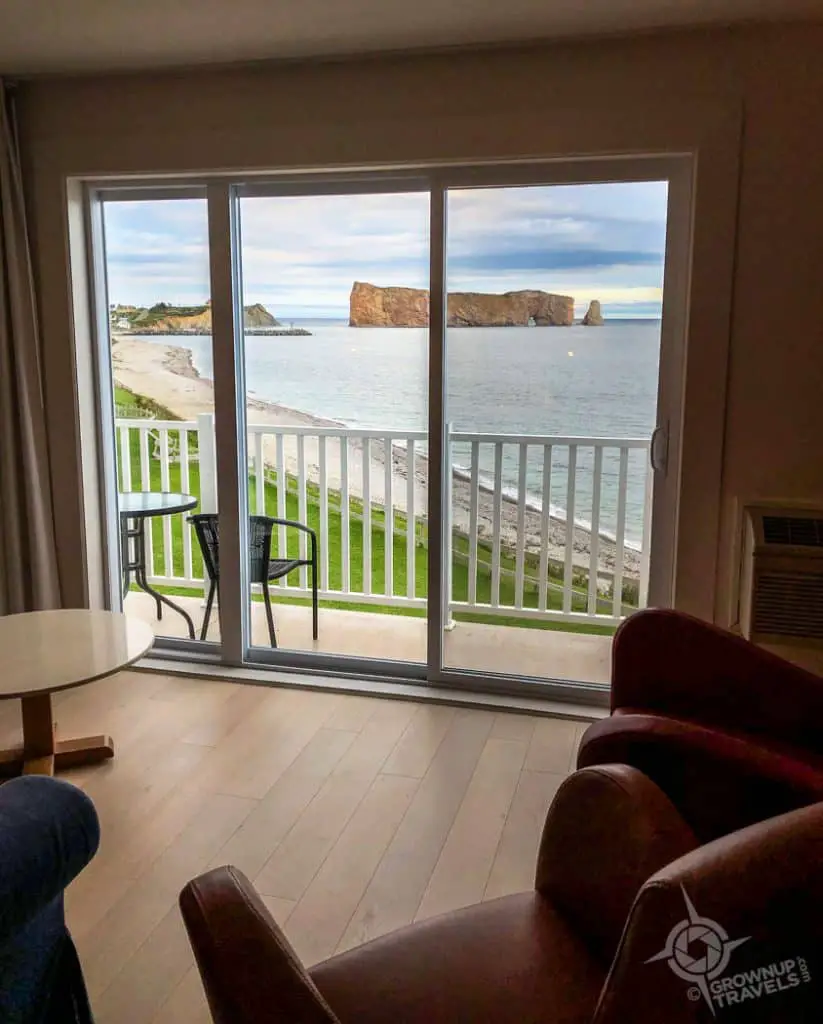



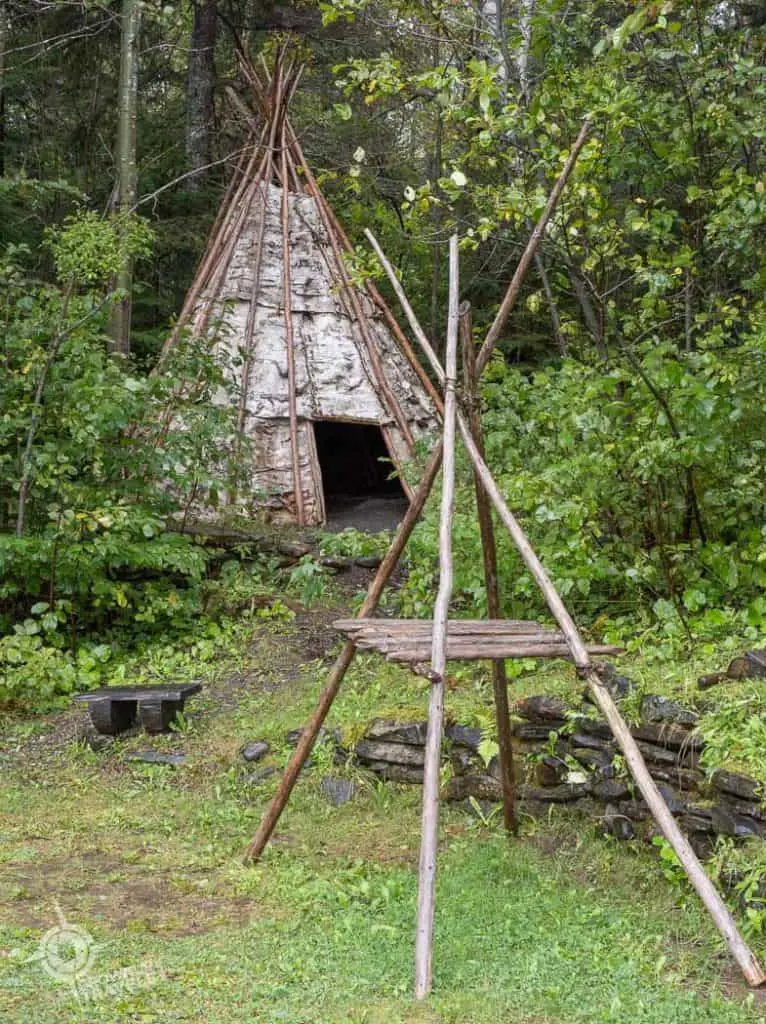
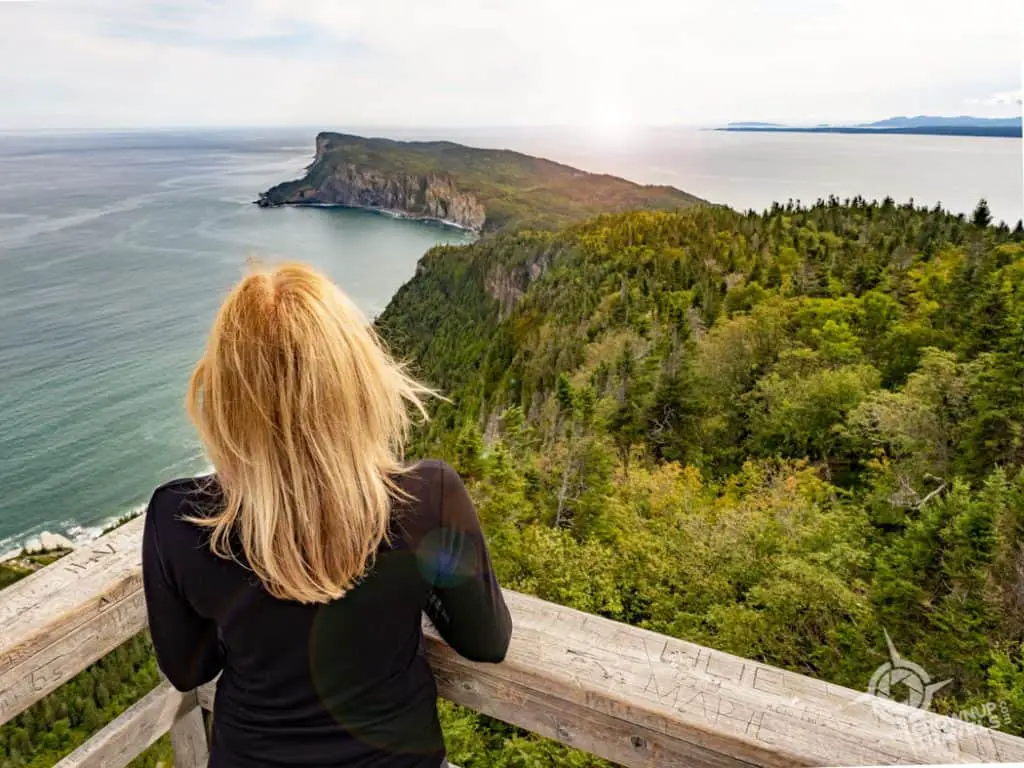
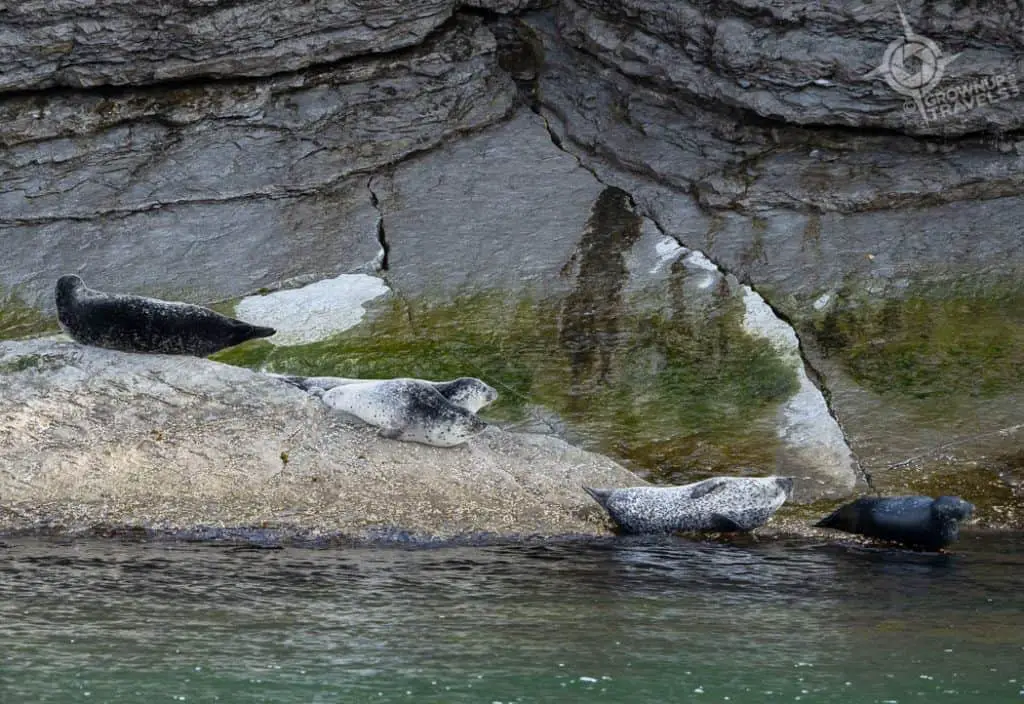
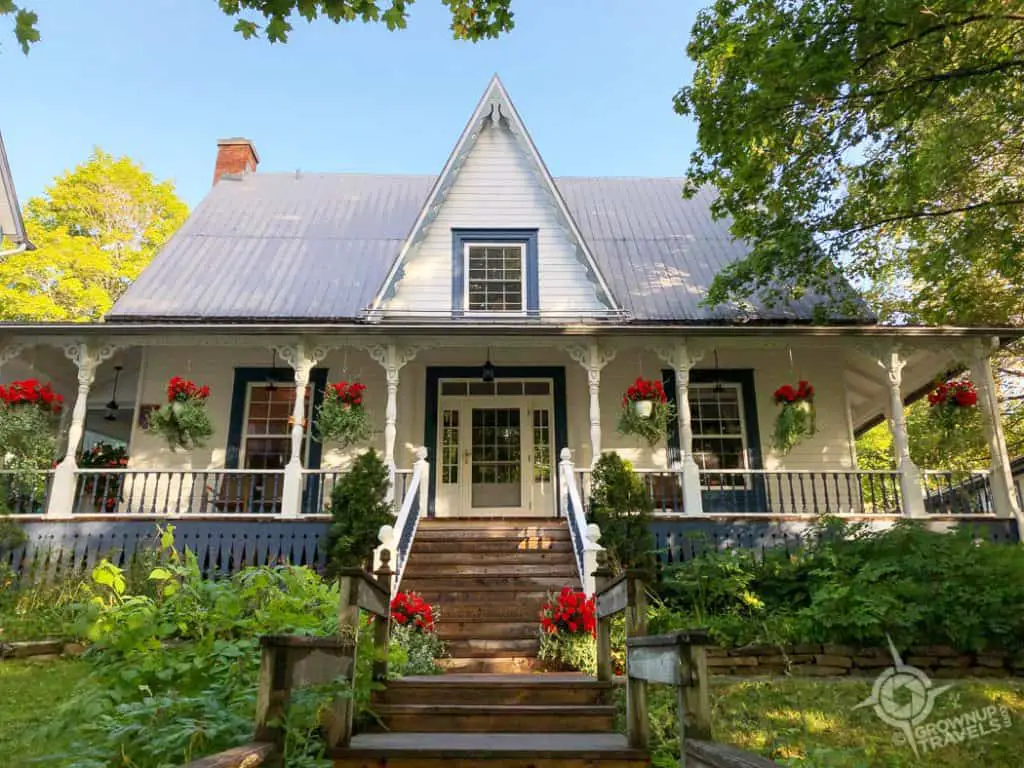
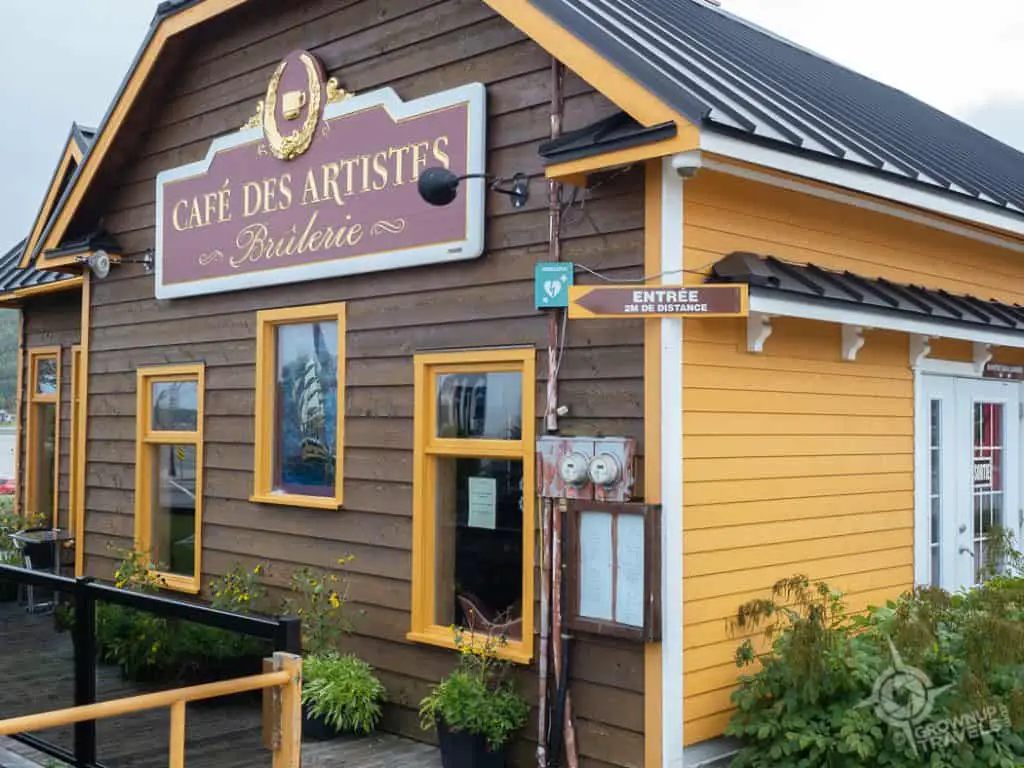
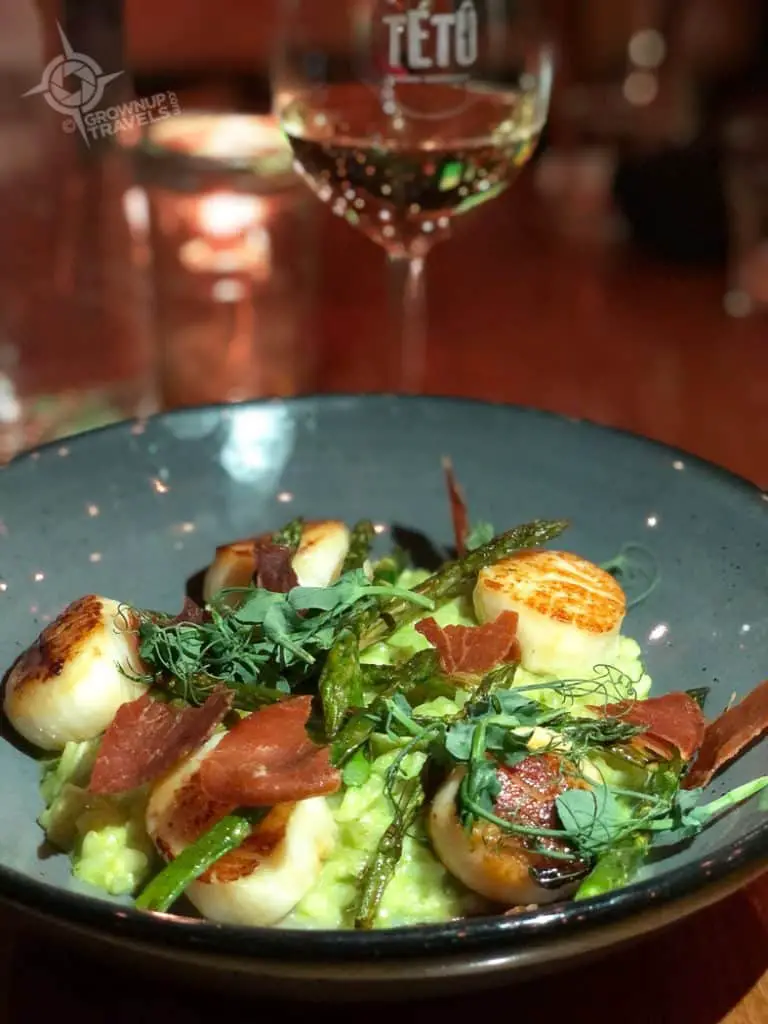
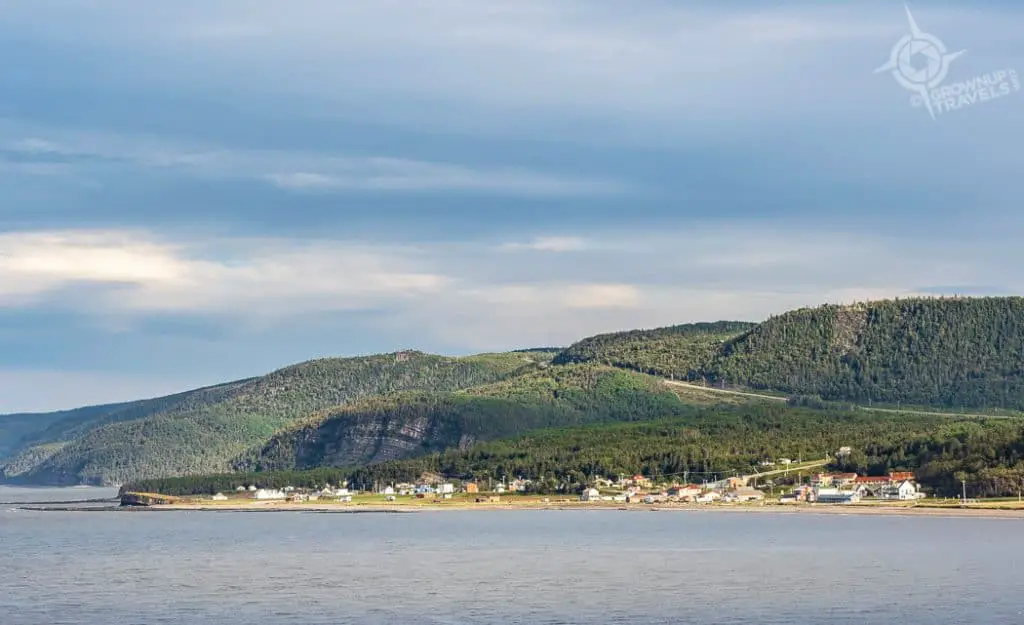
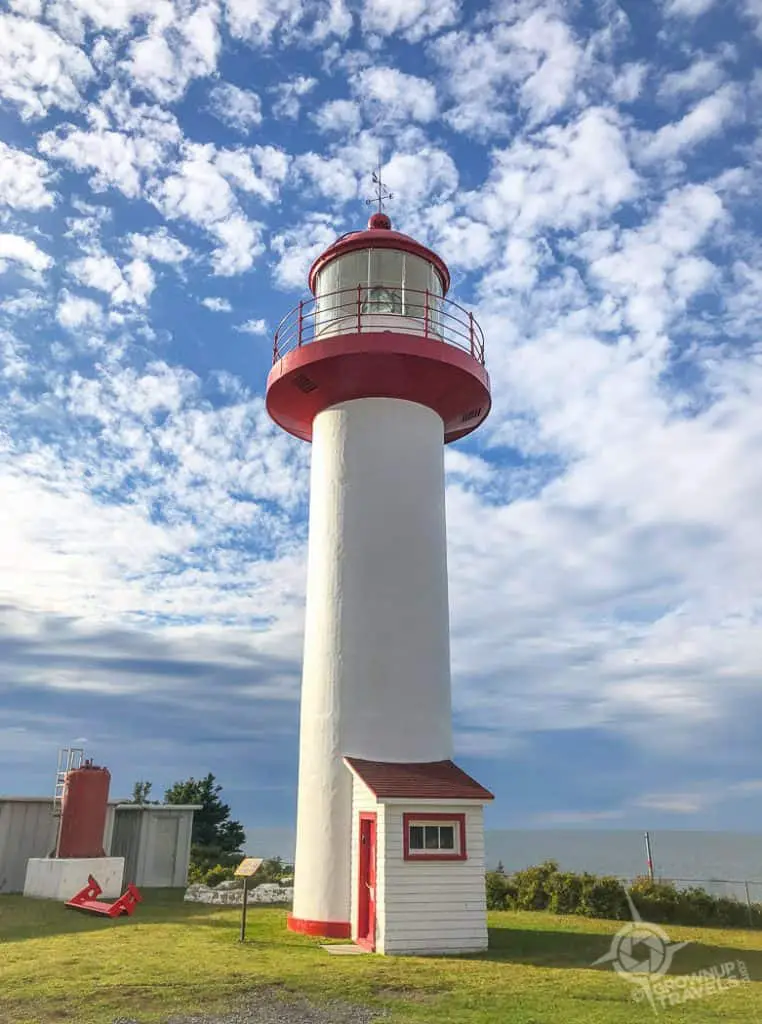
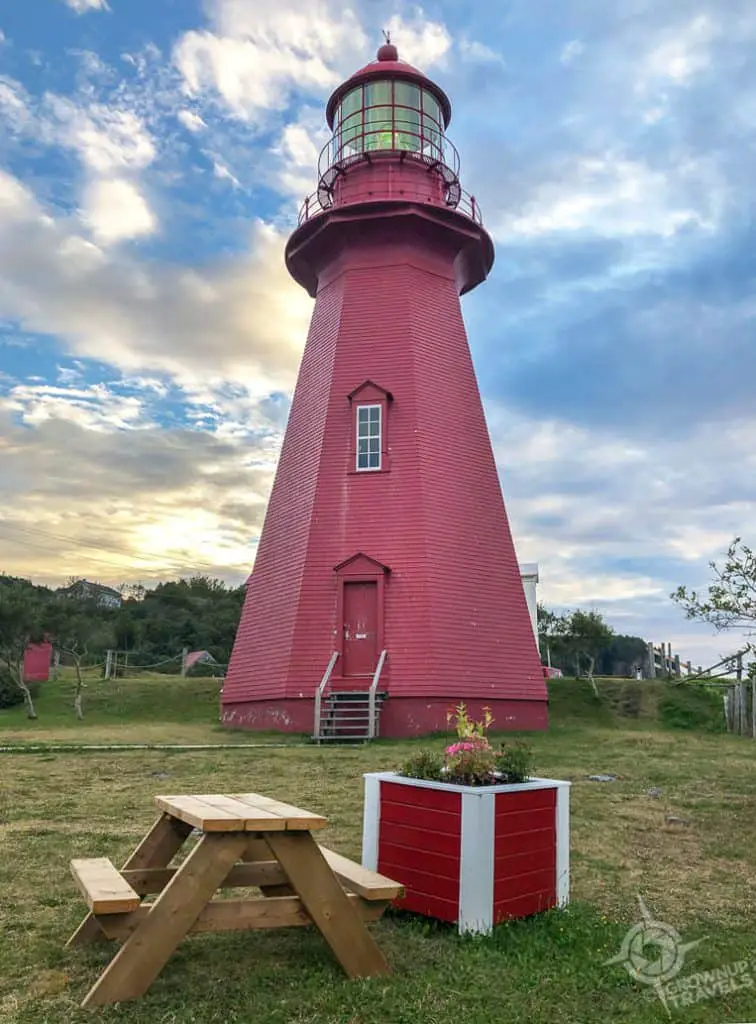
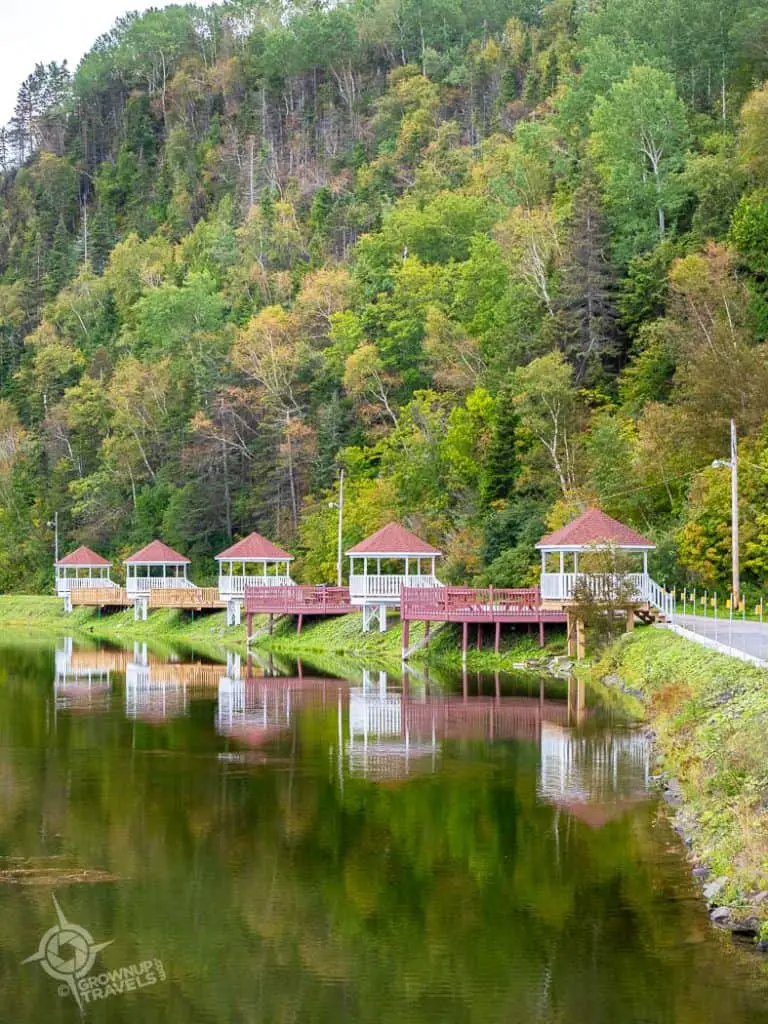
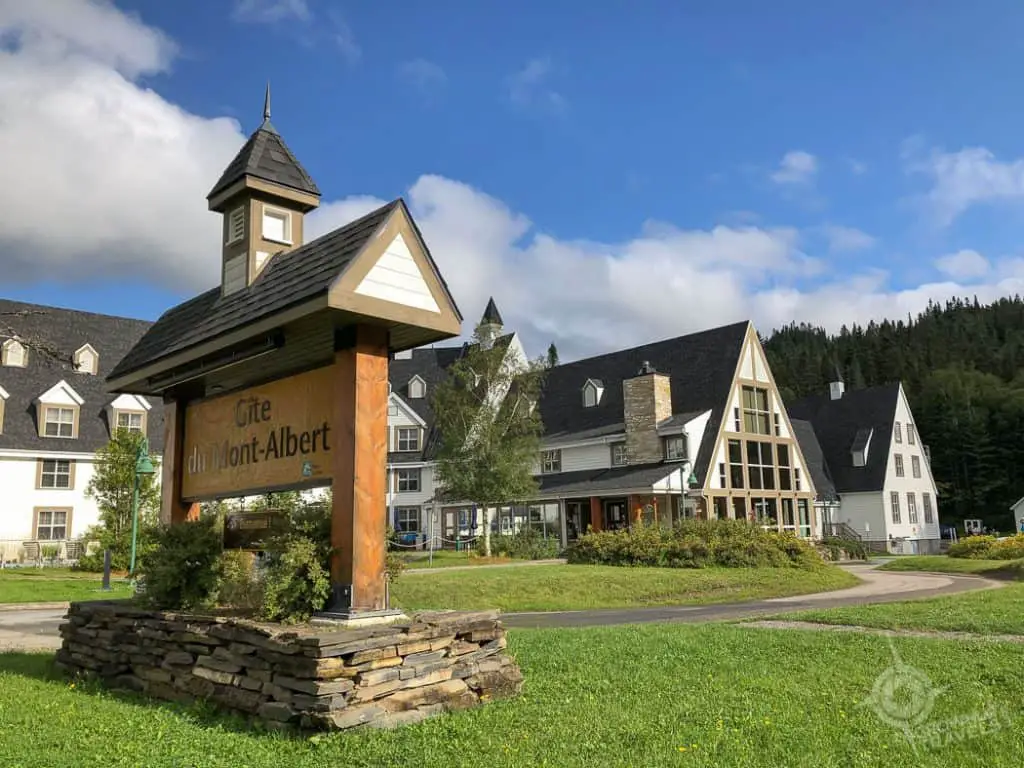
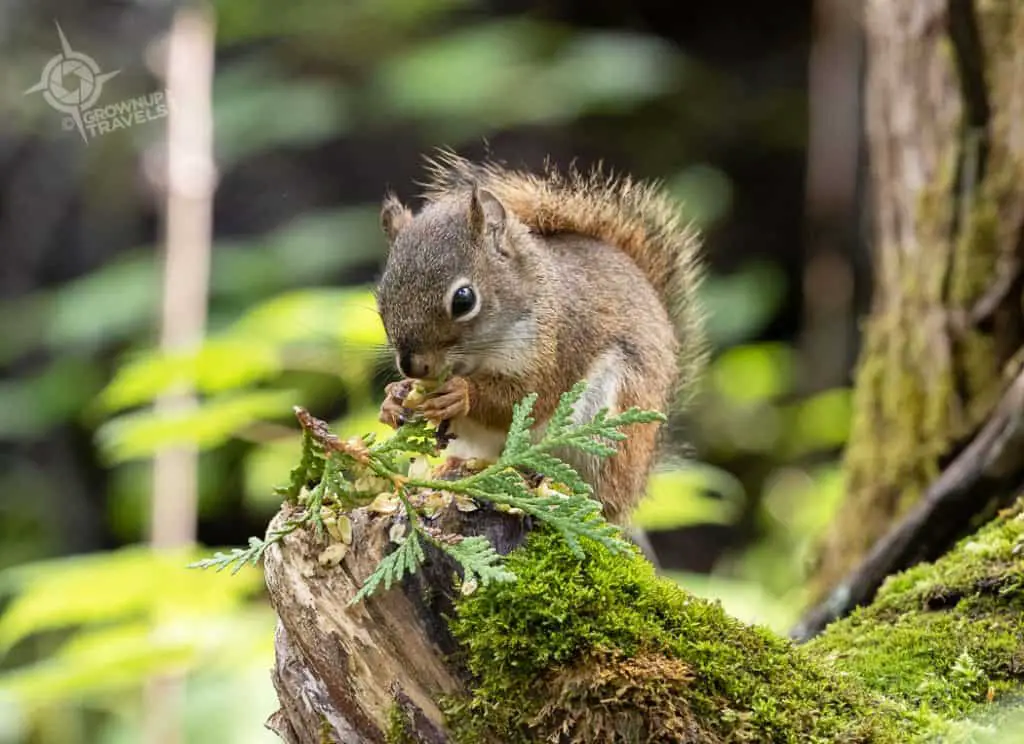
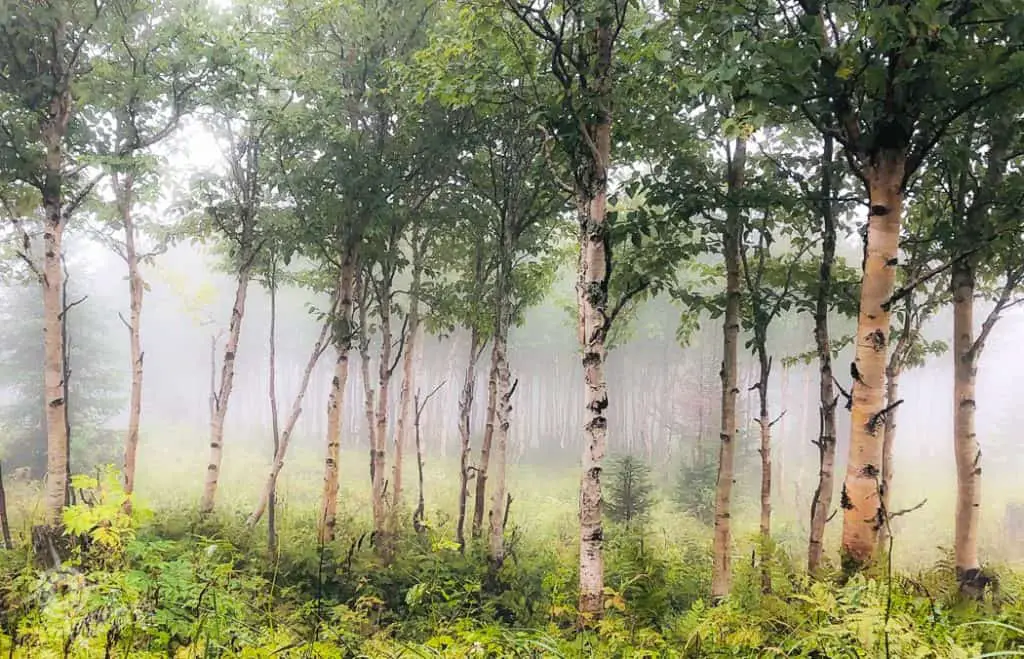
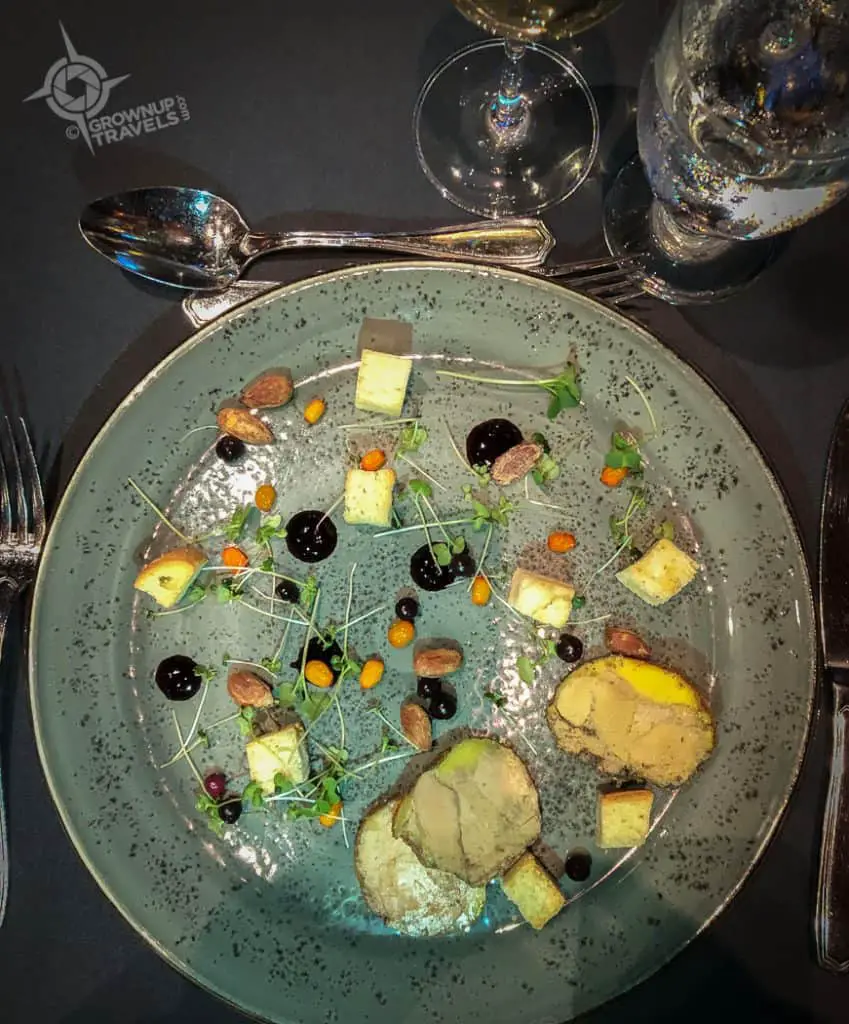
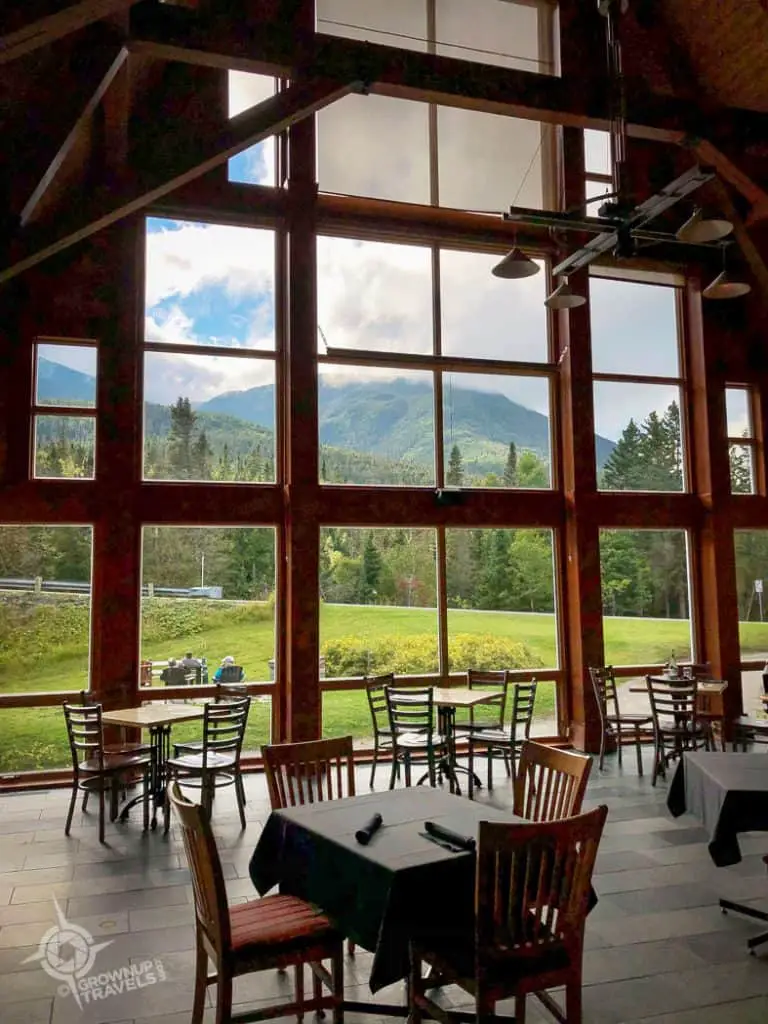
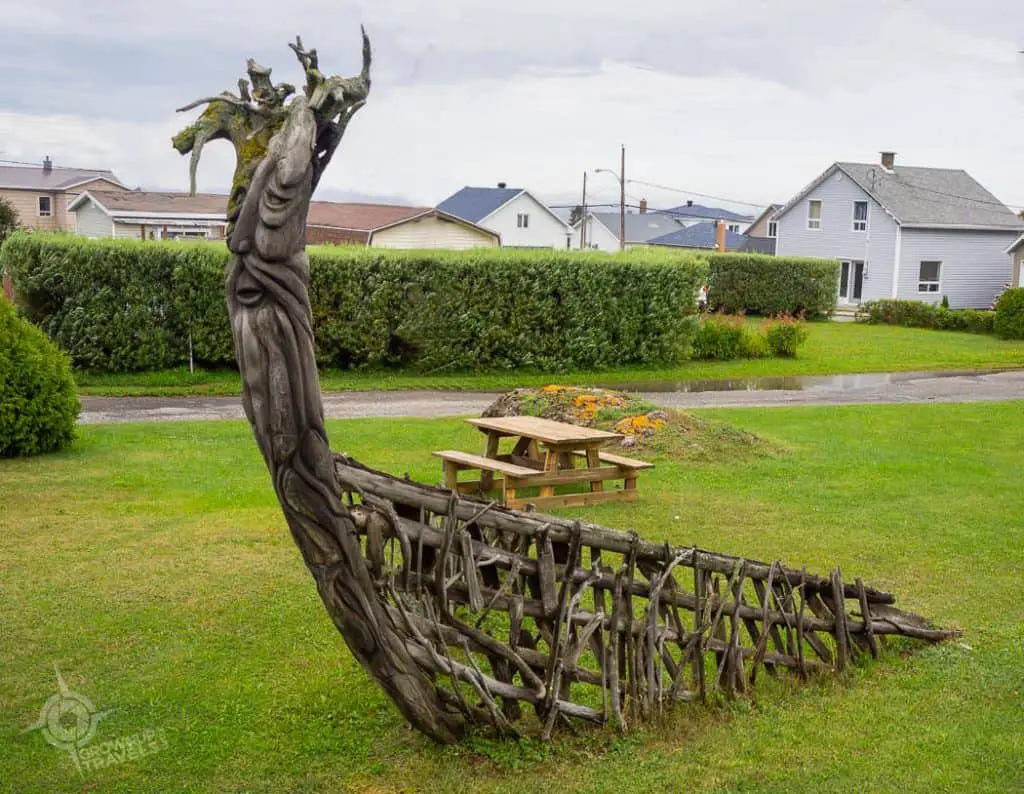
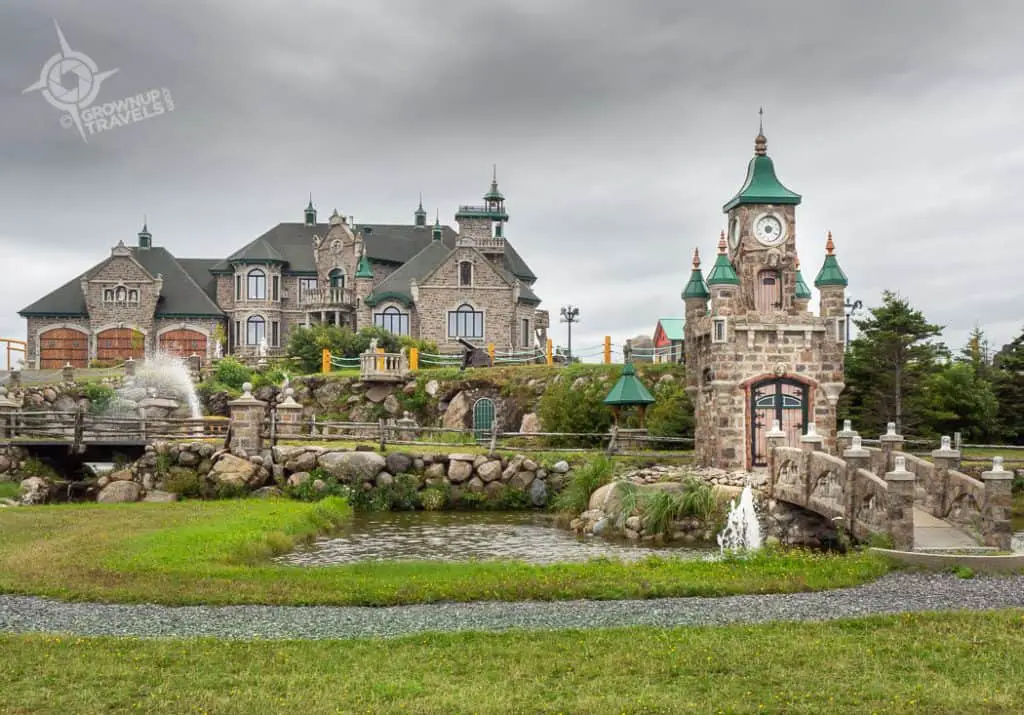
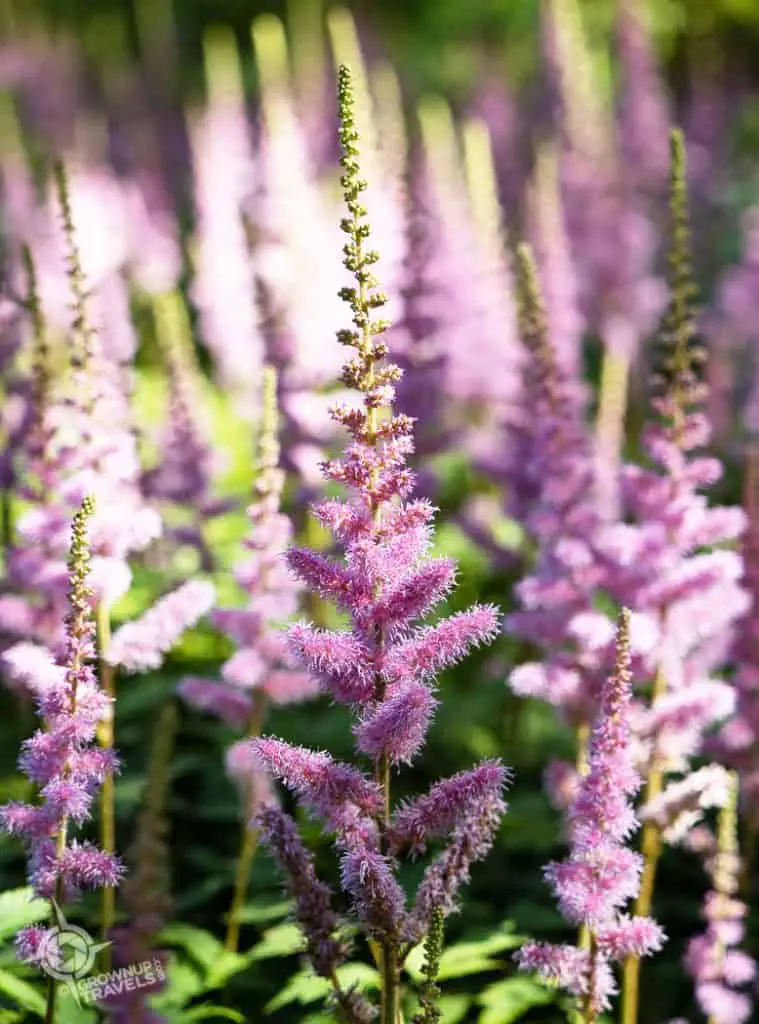
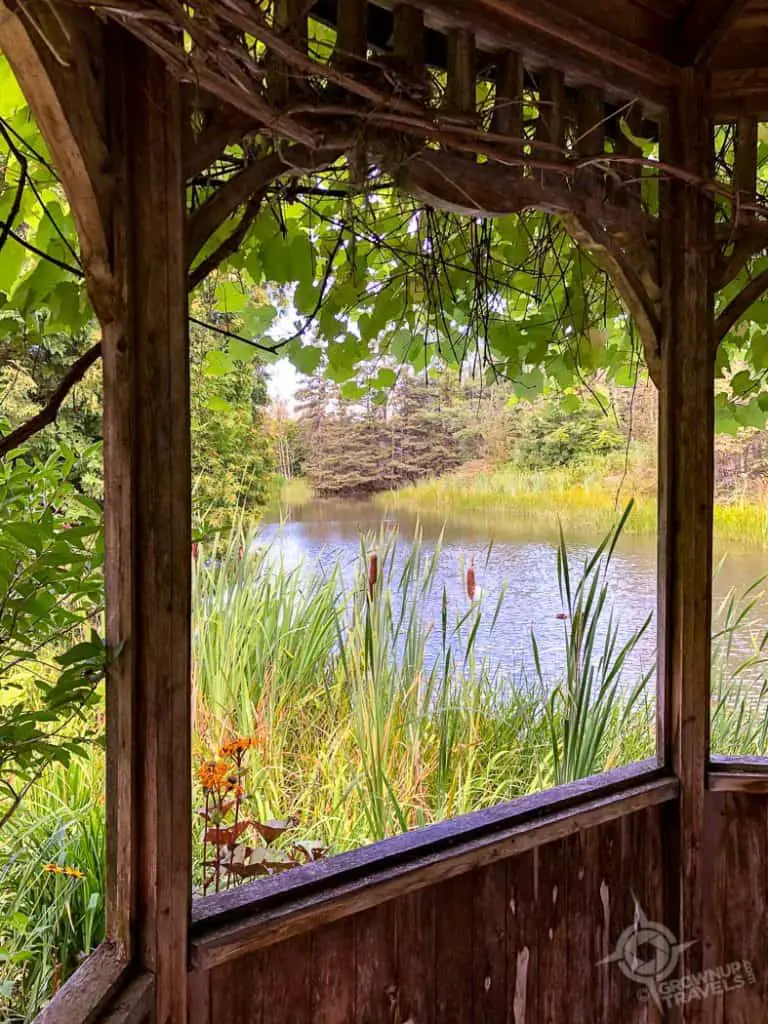

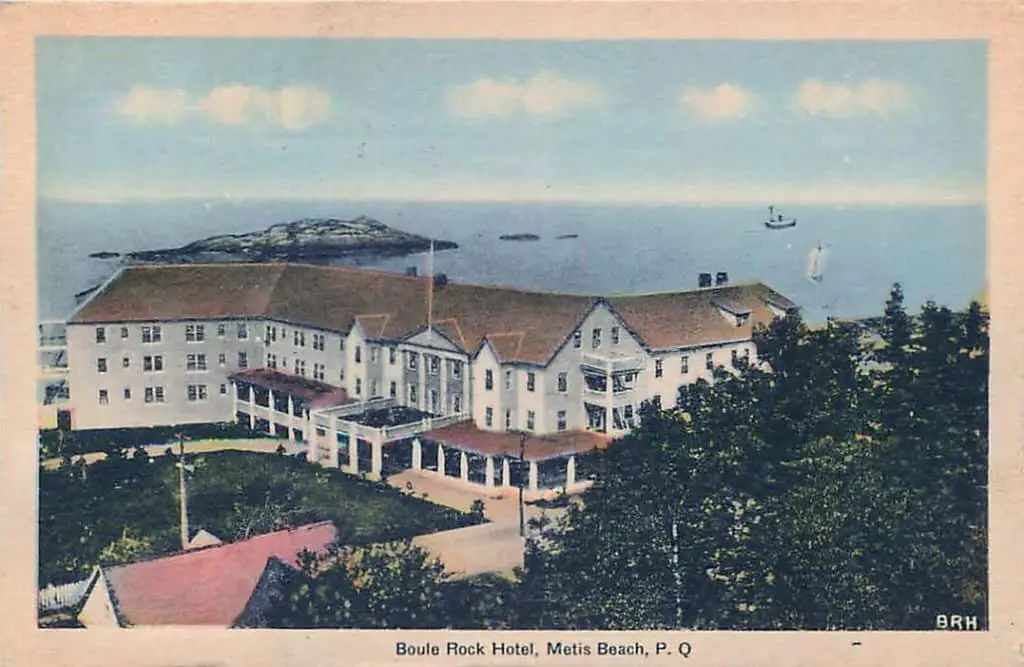
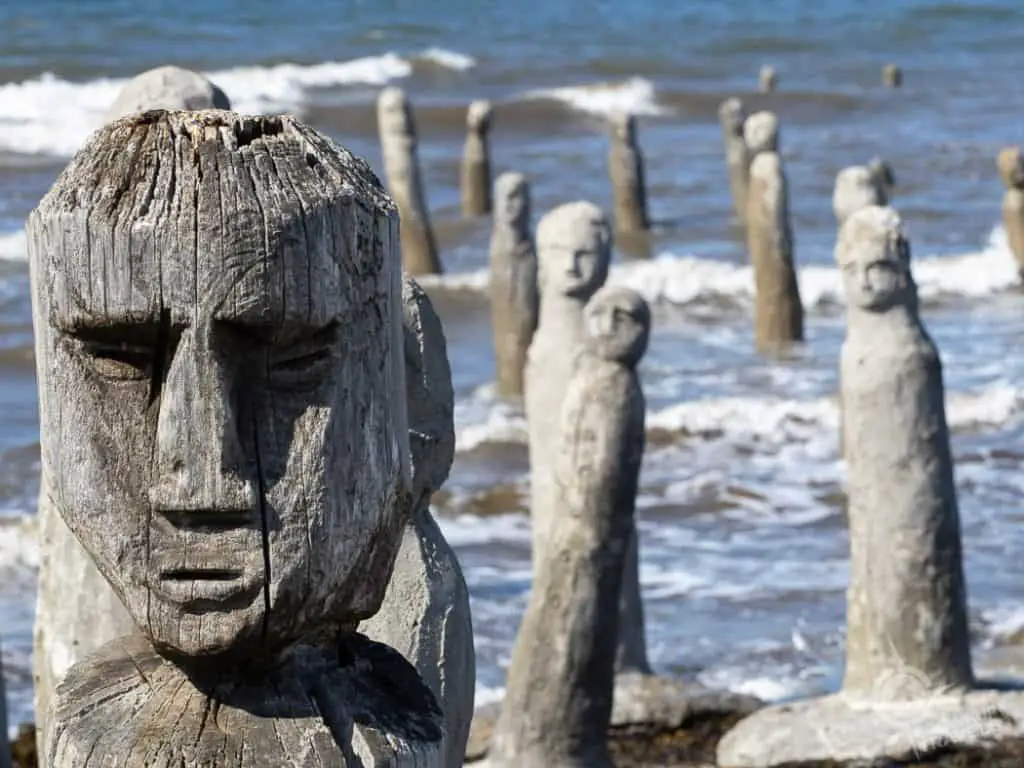
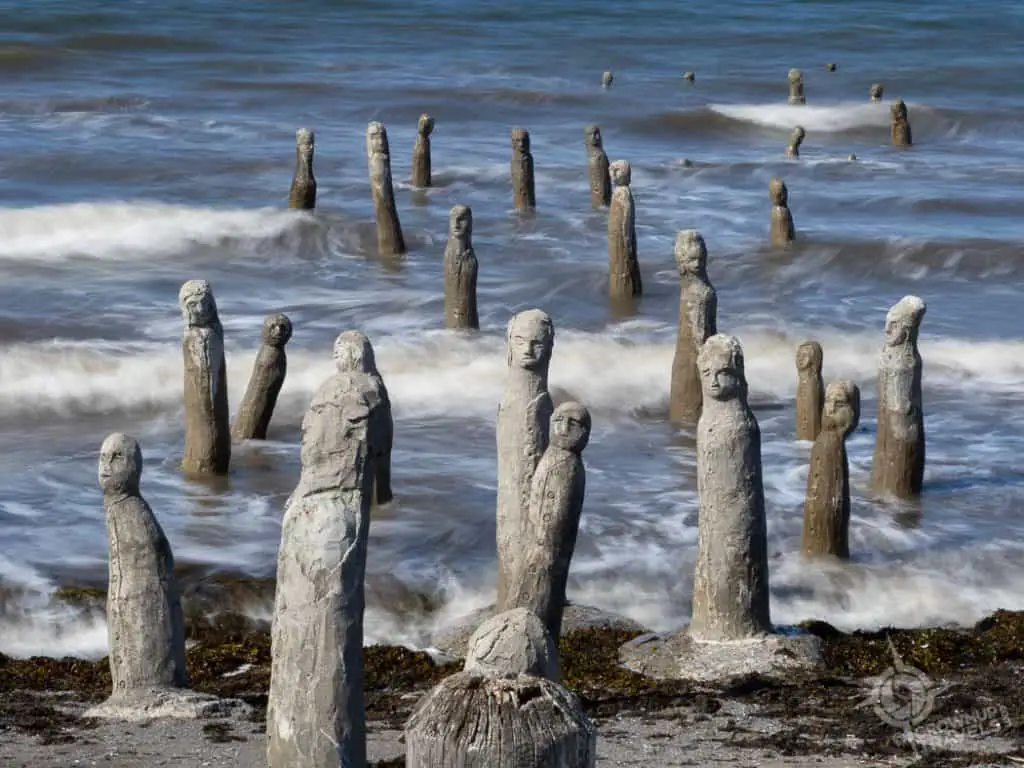
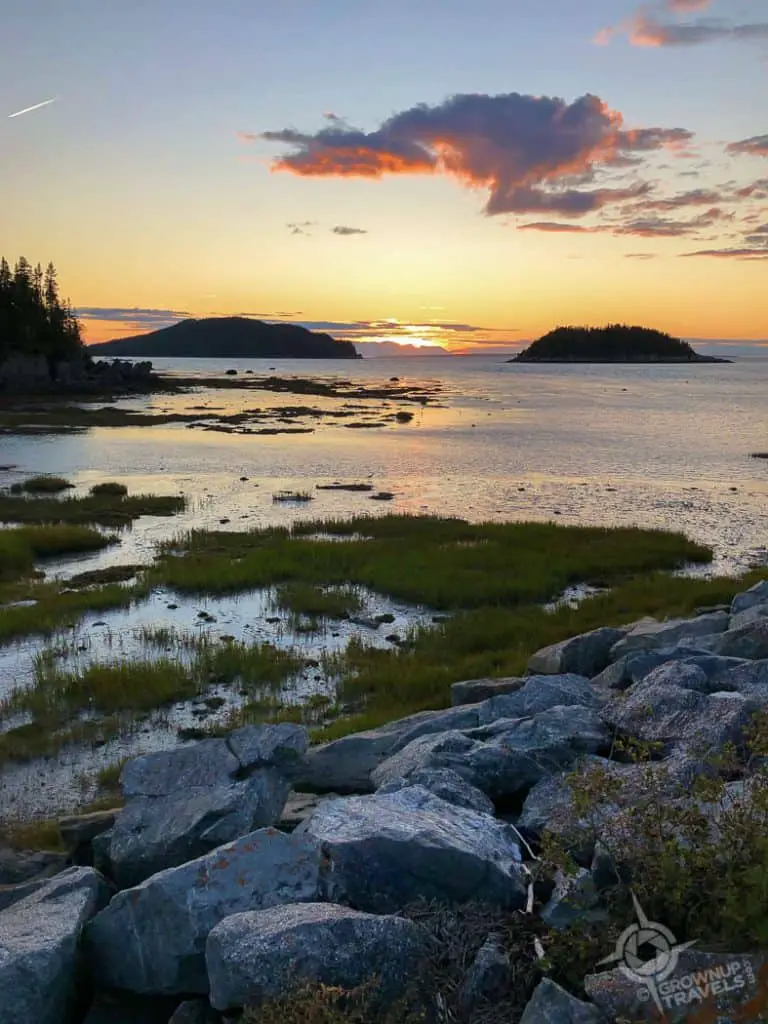
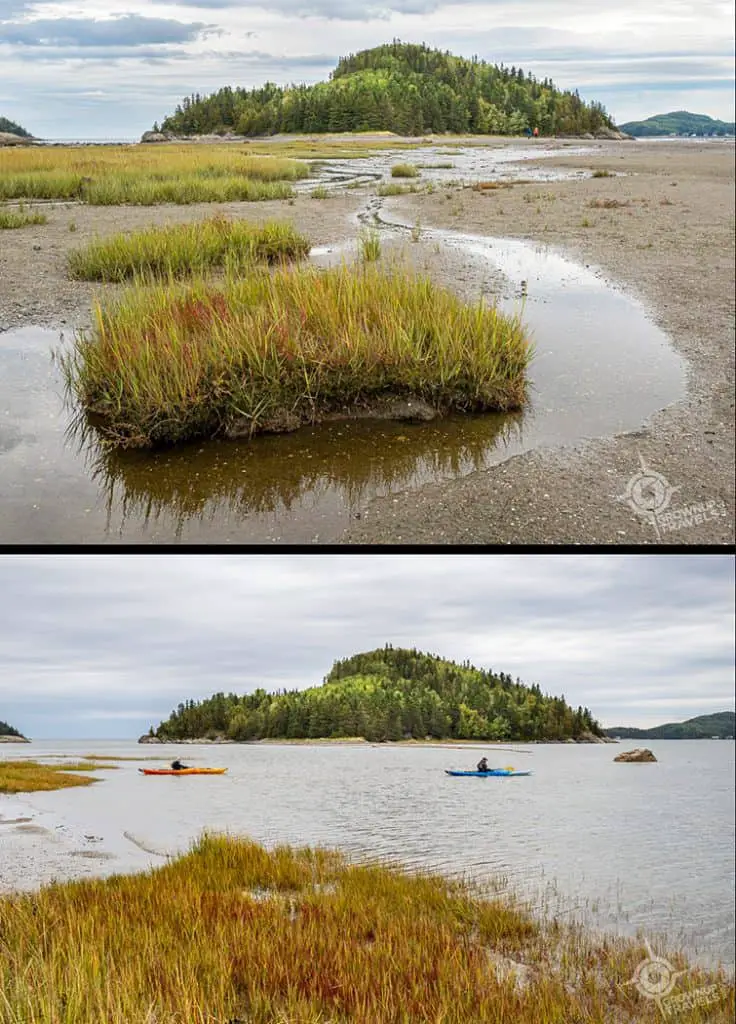
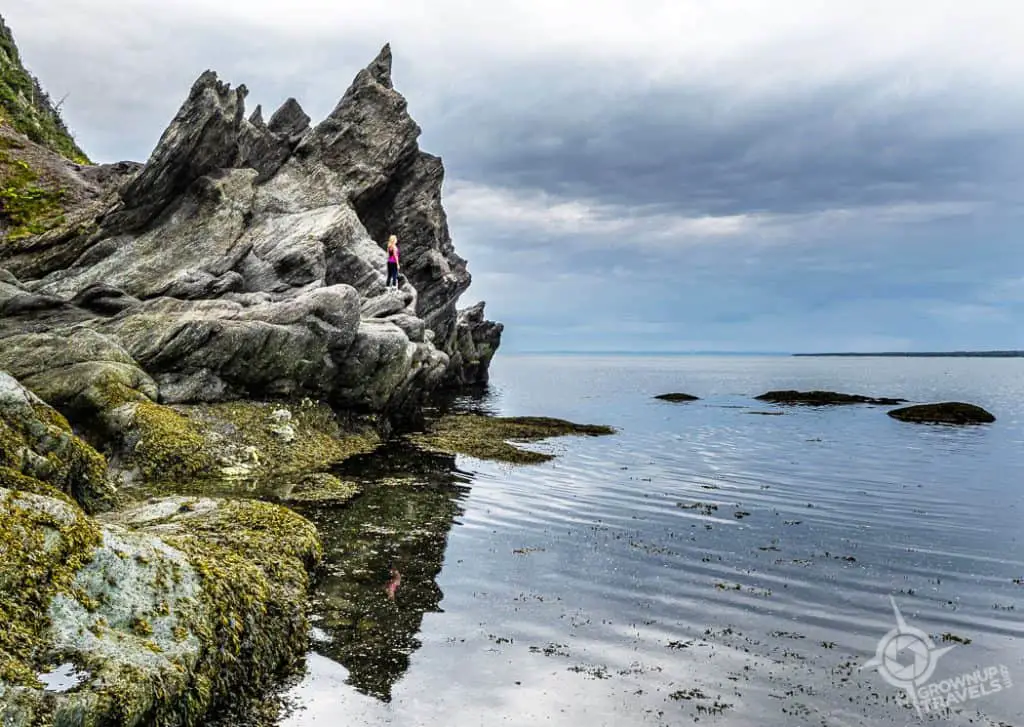
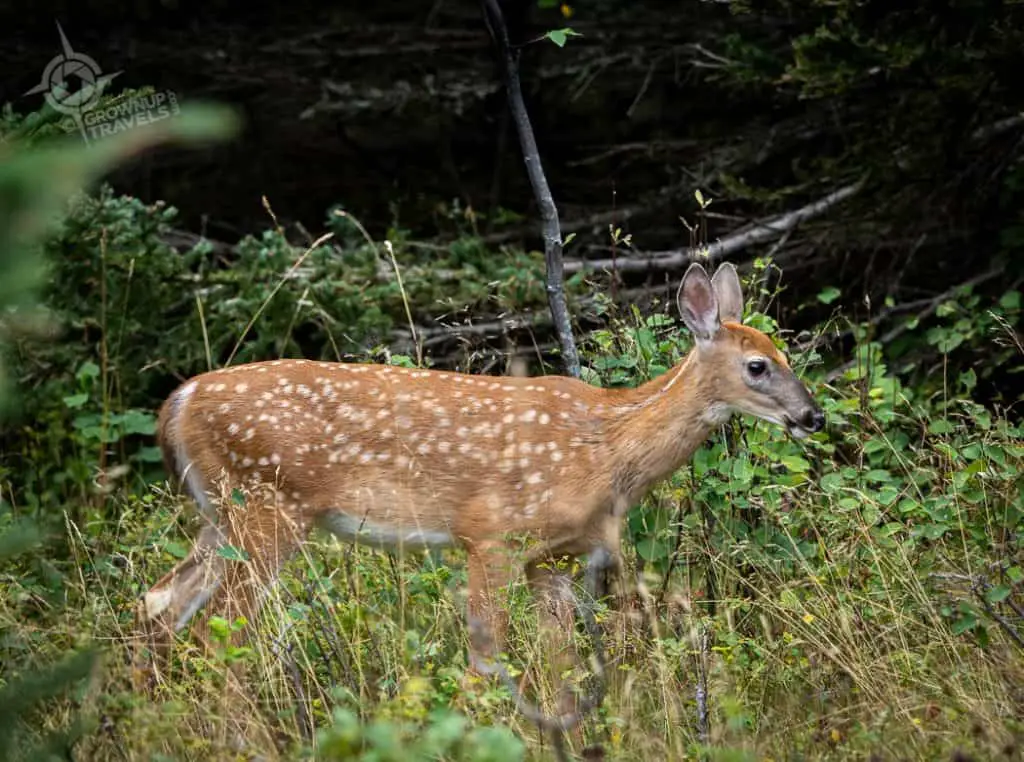
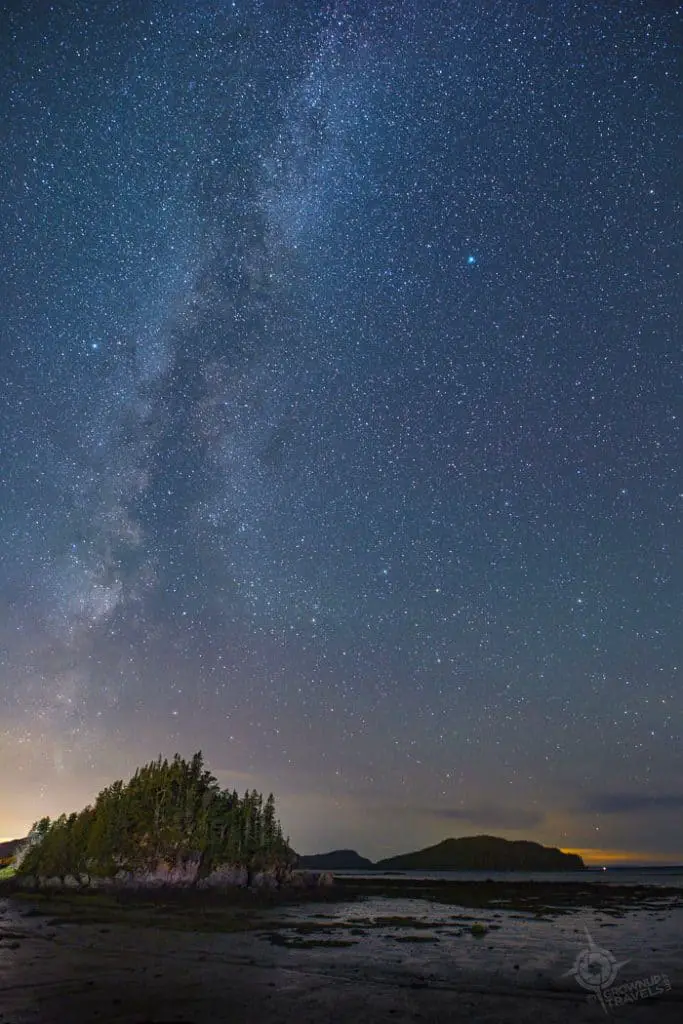
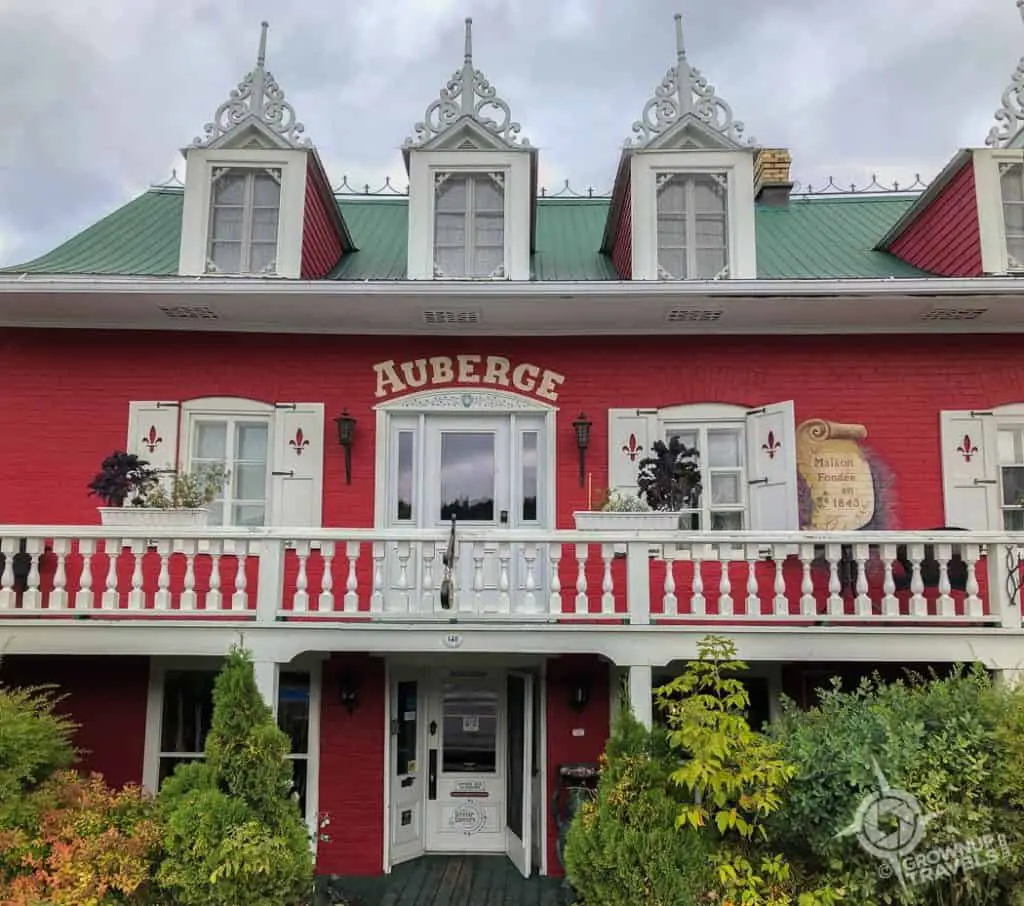
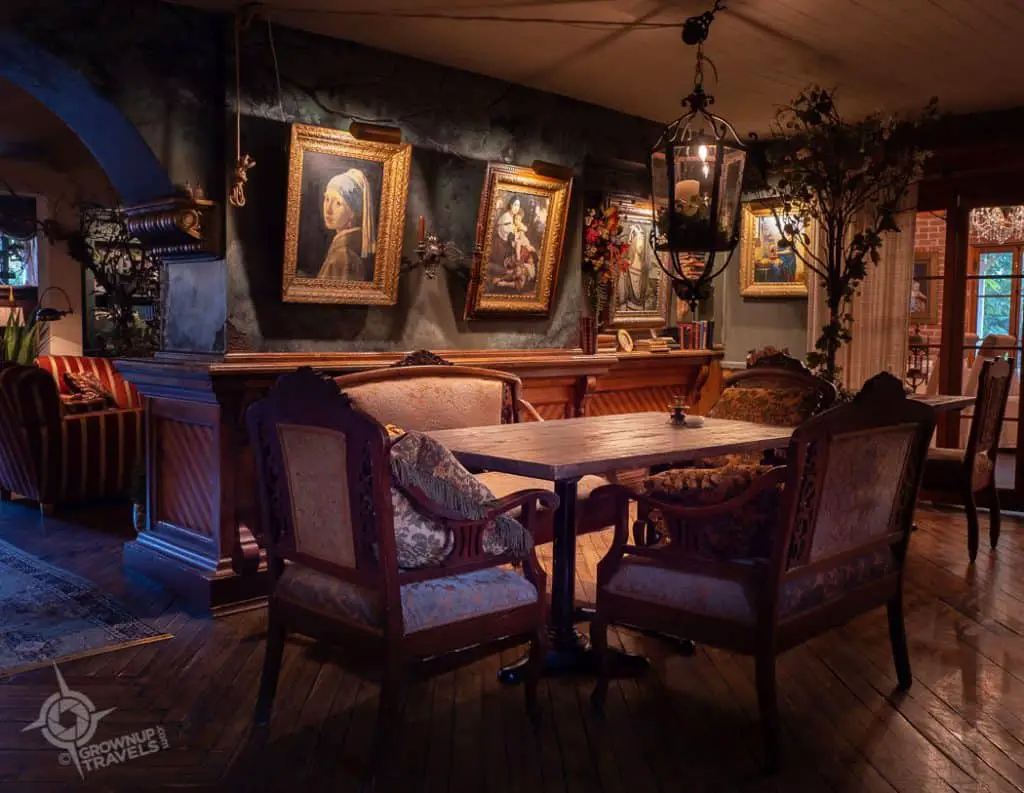
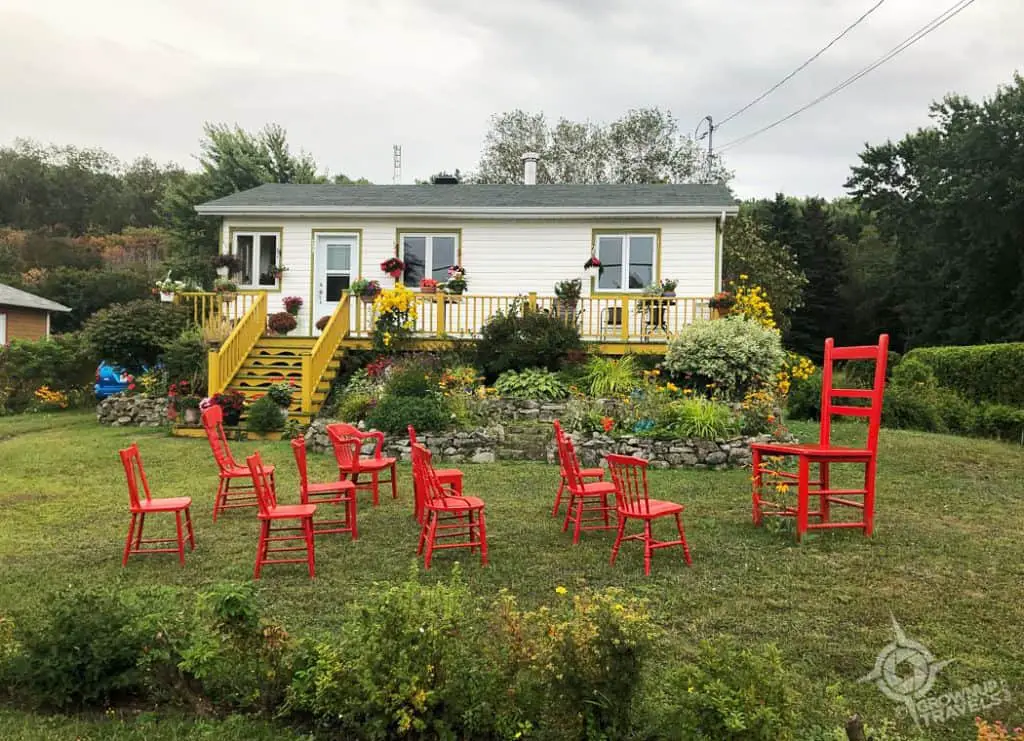
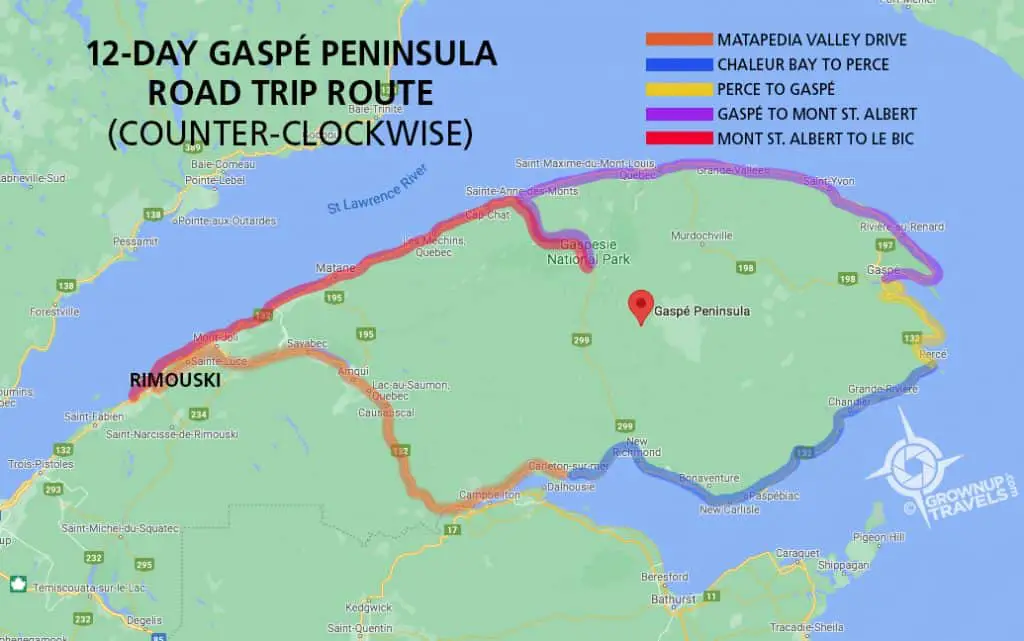
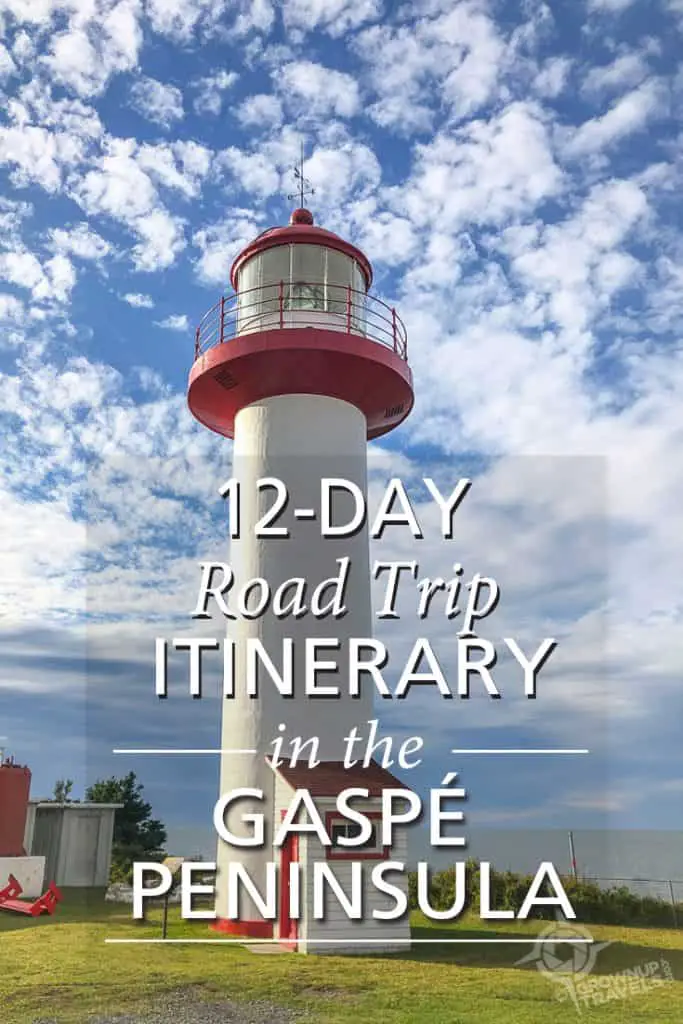



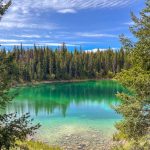







Your 12 day itinerary looks great. My wife and I are setting out on our jaunt on September 17th. We are hoping that the weather will cooperate. One question: Is premium gas readily available throughout Gaspé?
I can’t say for certain whether premium is available everywhere but I’m sure if you stick to the bigger stations (Irving, Petrocanada, etc), you’ll find it.
Have a great trip!
What a bonus it was to find this itinerary Jane. We are heading east to NB in Sept in our first big trip in our camper van. Decided to do the Gaspe as neither of us have been there past Rimouski. We don’t have 12 days for Gaspe and won’t be going in your recommended direction but I so appreciate all the suggestions of what not to miss. We will be leaving Perce and heading down to NB and wondered what to see on that stretch. so your suggestion of Carleton Sur Mer is a big help. We don’t want to just be doing 5 hr drives each day. Have you gone into NB? suggestions to stop part way to Shediac? thanks so much!
Hey Wendi! Sounds like you are planning an amazing trip! We’ve driven some of the coastal route you’ll be taking to Shediac but we headed inland on our way to Hopewell Rocks, so I don’t have too many suggestions for that piece of your drive. But if you are willing to drive inland a bit to Moncton, I would definitely try to time a visit to that city so that you can see the Tidal Bore on the river. It’s something else to see a river “going backwards” when the tide comes in!
thanks Jane.. we lived NS in the 70’s. and have been to Moncton many times (I referred to the bore as Boring!). but have never done Hopewell and Fundy so heading that way before visiting family in Fredericton. Thanks again for the Gaspe suggestions! will let you know how it goes!!
So glad you are doing Hopewell! (Since you’ve lived in NS before you know that you should time your visit with the tides and be sure to go twice at low and high tides so you can really appreciate the difference. The little village of Alma is good to see this difference as well, with boats literally propped up on sawhorses at the wharf so they don’t tip over onto the now-dry land!). Have a great trip!
And we are back and I must thank you for all your hints!! I had looked at Bic for our first night but for a quick overnight it was too $$$ as we wouldn’t be making use of all it offered. so we went to Capitaine Howard (we are in a van) where my husband ate lobsters 40 yrs ago. They have room for trailers and I figured what we saved would pay for the lobster!! sadly it was closed for season but the campsite on the st Lawrence with sunrise/sunset was spectacular. Set off in the AM for Gaspe…stopping at the Grande rassemblement!!! and saw the big house but half way along we hit a wall of. fog.. could see nothing over the water so cut off and went thru glorious colours and scenery on 198 coming out at Gaspe. Lunch at Bar Brise (ok not fabulous) and onto the wonder Forillon. Since it was nice we thought we would do a quick hike (I misread!( and carried on up the mt Alban trail. nearly did me in but views were. spectacular. Did the Lands end hike the next day and just after we arrived fog rolled in and by the time we got back huge rain! Perce was terrific. much nicer town than Gaspe Enjoyed the bakery and the beer. but then the drive down the. Babe d’Chaleur was hours of white knuckle driving from the winds off the st Lawrence come across. very scary. Winds and fog prevented us from st Josephs and much in Carleton Sur mer. did see Leo’s birdhouses but sadly they have freshly painted all the fire hydrants. so no Disney characters. the 2 national parks in NB were lovely and lunch in Alma was yummy on a perfect fall day after another big hike. Finished in st Andrews with a 28000 step day along trail and over the “ocean” exploring Ministers island. Got out of the wind and rain as Fiona came in. wonderful trip through beautiful country. thanks again so much for all your advice and hints!!
WOW! You really did pack a lot in! Sounds like you had an amazing trip (always a bit of a gamble with weather, of course – we had Hurricane Ida to contend with during our trip!). I’m so glad you found some of our info useful, and thank you for sharing your adventures.
Beautiful writeup Jane. I see you have skipped Saint-Anne-Des-Monts and the aquarium Exploramer and its Sea Excursion activities near by, any specific reason to skip them?
What else would be your advise to do this trip with 1.5 and 3 year old kids?
Thank You
Thank you, Chakor. I really appreciate your visiting our site. We didn’t hit up the Exploramer you mentioned because we honestly couldn’t fit anything more into our itinerary! But it looks like it would be really interesting.
As for activities for young children, unfortunately we focus on adult travel only, since we don’t travel with children ourselves. However, when your kids get a little older, I think they would love staying in the Grande Hermine replica ship near Chaleur Bay!
Thank You Jane, Another question, if we need to explore Forillon park for a day and do Whale Watching next day, where do you recommend the night stay, should we stay at Gaspe or near Forillon park?
Gaspé is the best option. It’s close to Forillon Park and it’s not a long drive to go from there to either the Whale Watching boats at the south entrance to the Park or the north entrance of the Park where you can see Cap Bon Ami, do the short Waterfall hike, etc.
Good morning, I enjoyed reading your description of the 12 day journey. My biggest question is accomodations… Is it essential to have advanced overnight reservations?
or can we find reasonable accomodations just as we arrive at any destination, such as Perce or Gaspe? the reason is that one is never certain how long to stay in one place. We might plan one day, then love it and end up wanting to stay 2 or 3. Or the reverse.
Our journey will begin from Annapolis, Maryland. A stop in Boston and in Greenville, Maine. Then probably pass through St. Leonard and Campbellton before reaching the Route 132 counter clockwise journey. How far we might get on any one day is uncertain. Your advice will help greatly for our advance thinking. Many thanks, PHIL
Hi Phil. Accommodation availability will really depend on when you travel. July and August are the busiest months in the Gaspe, especially because kids are out of school, so be prepared for that. If you are travelling during that time, or if you have your heart set on a particular hotel or star ranking, you should book that in advance. The town of Perce has a lot of hotels so it’s likely you will find something if you do decide to just ‘wing it’, but it may not be in a preferred location. Gaspe is similar. The one thing I would recommend is that you check to see if there is anything ‘special’ happening at any destination (ie. a festival) since that will make booking hotels trickier. (you can go to tourisme-gaspesie.com to check that out). I hope this helps, and that you have an amazing trip!
Excellent coverage Jane! Both magnificent and quaint vistas. Thanks for the trip around the Gaspe!